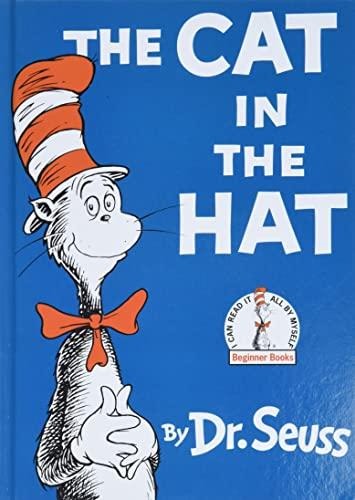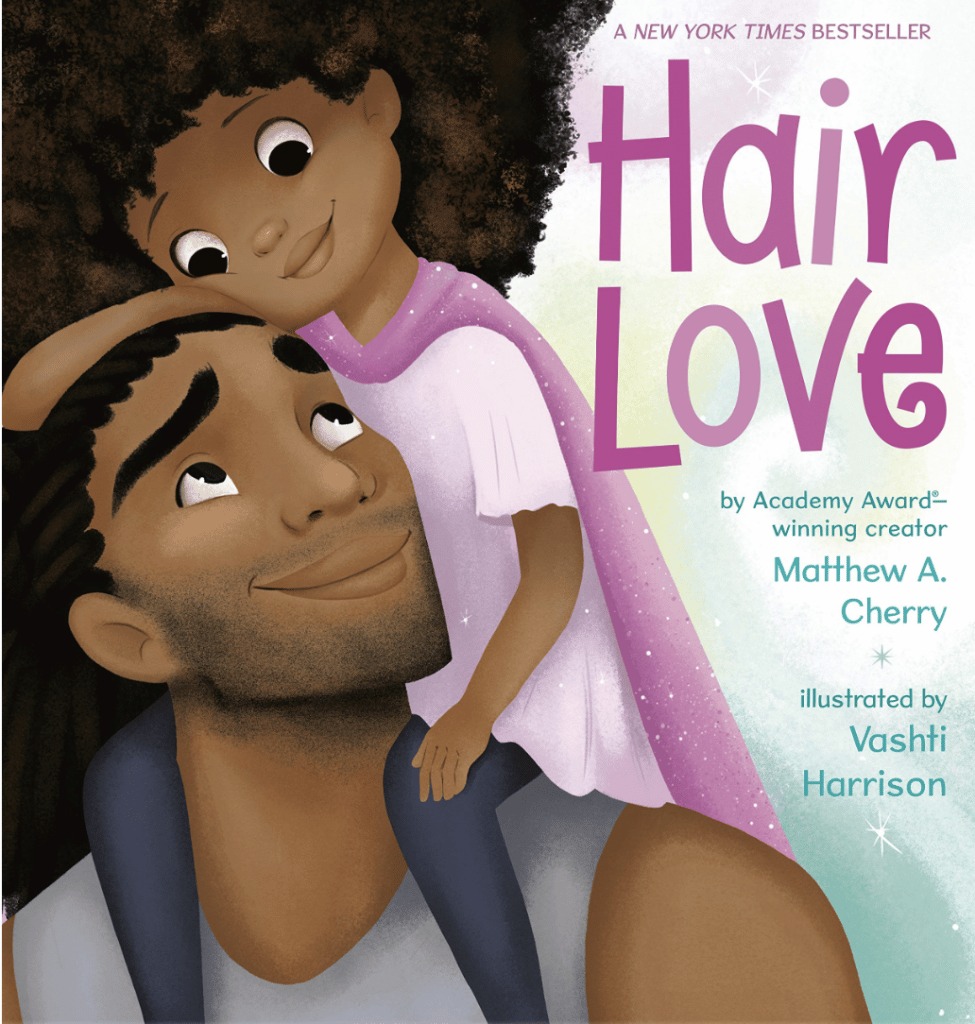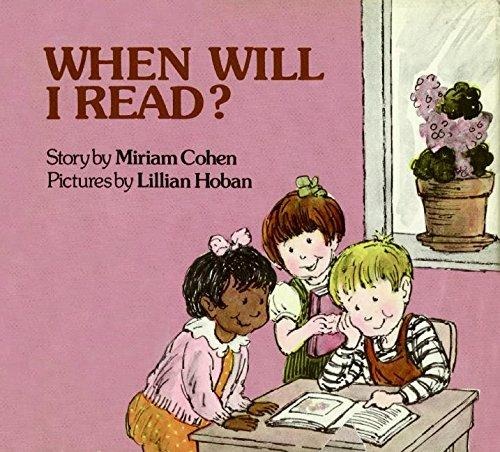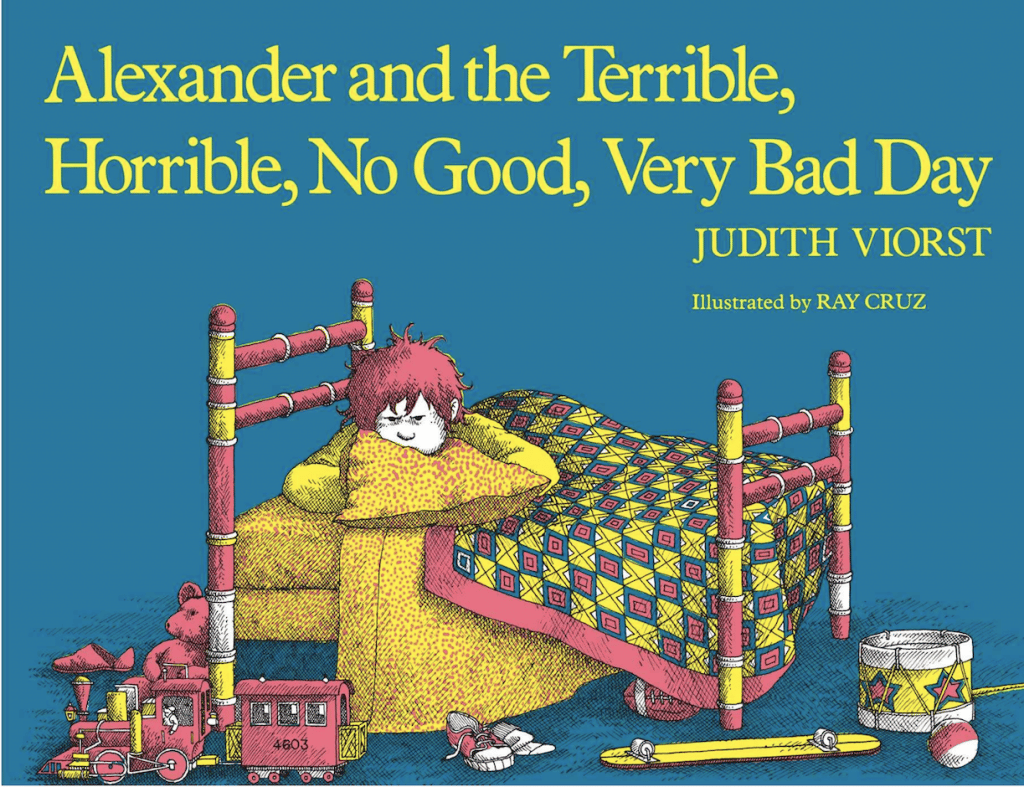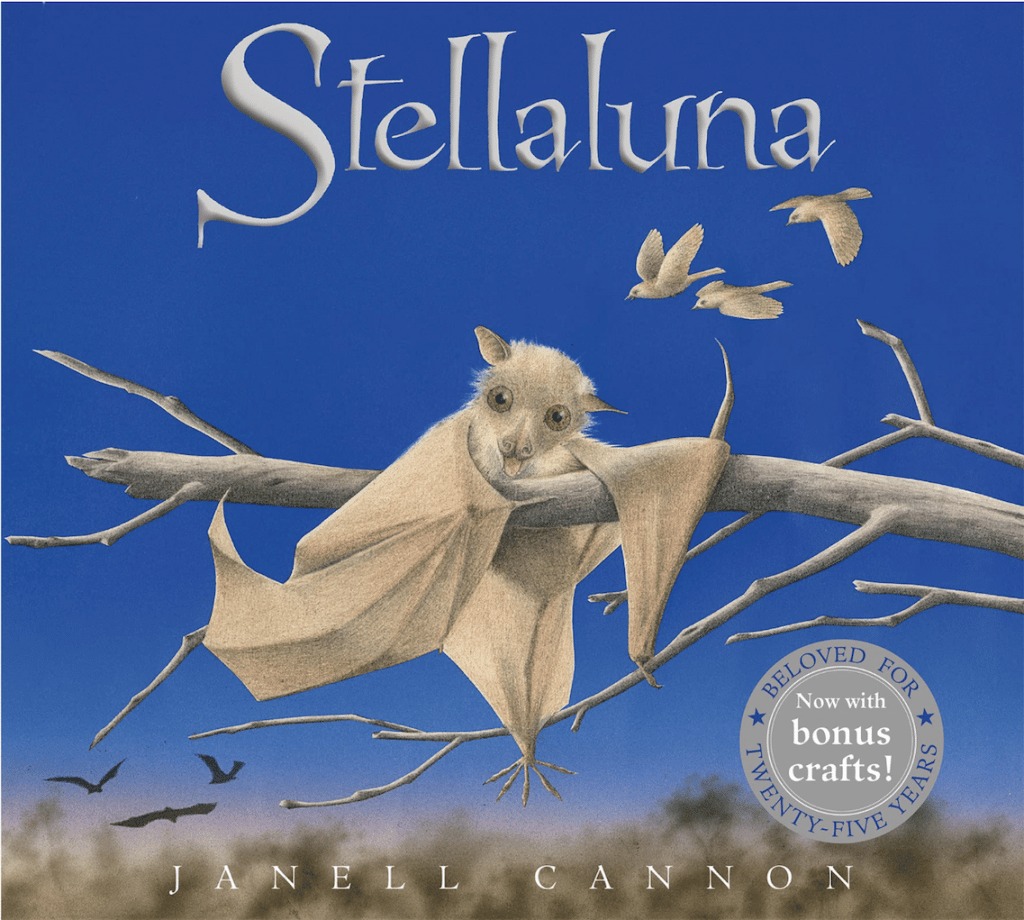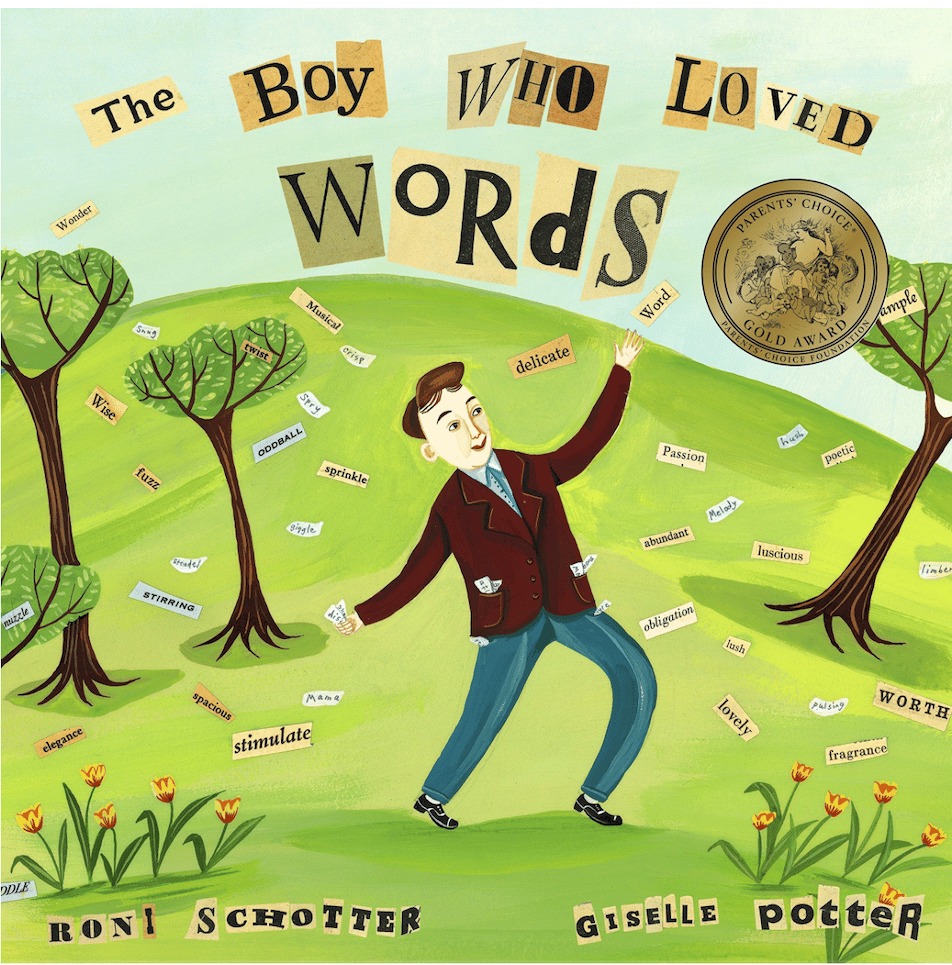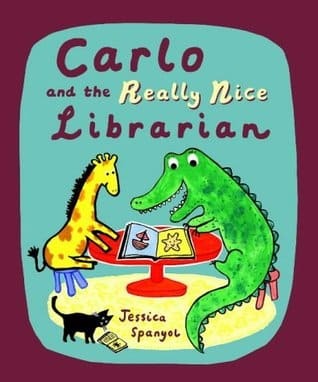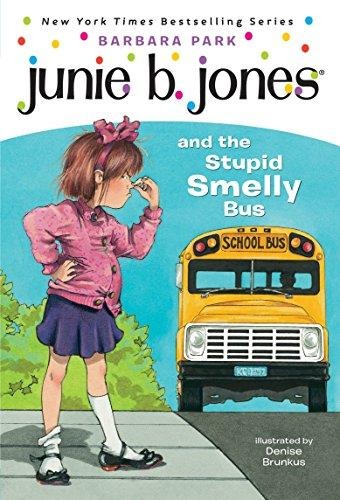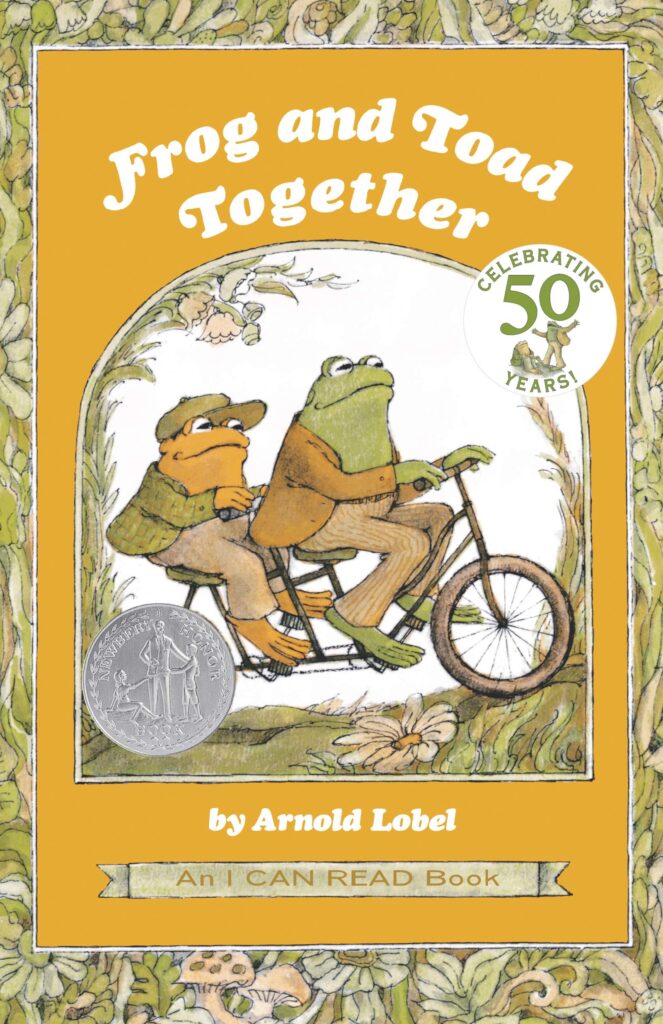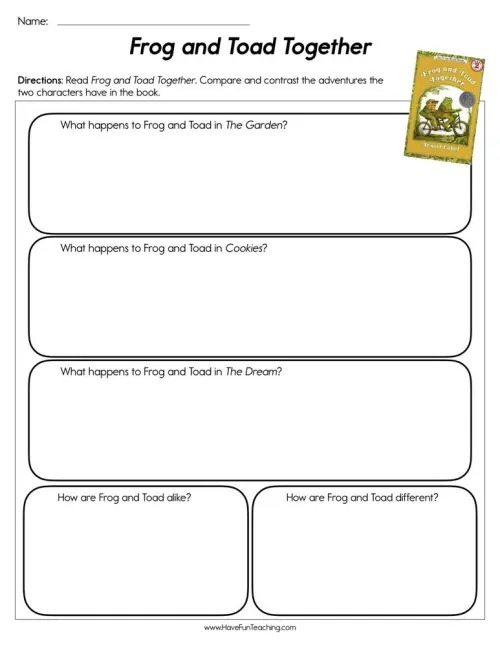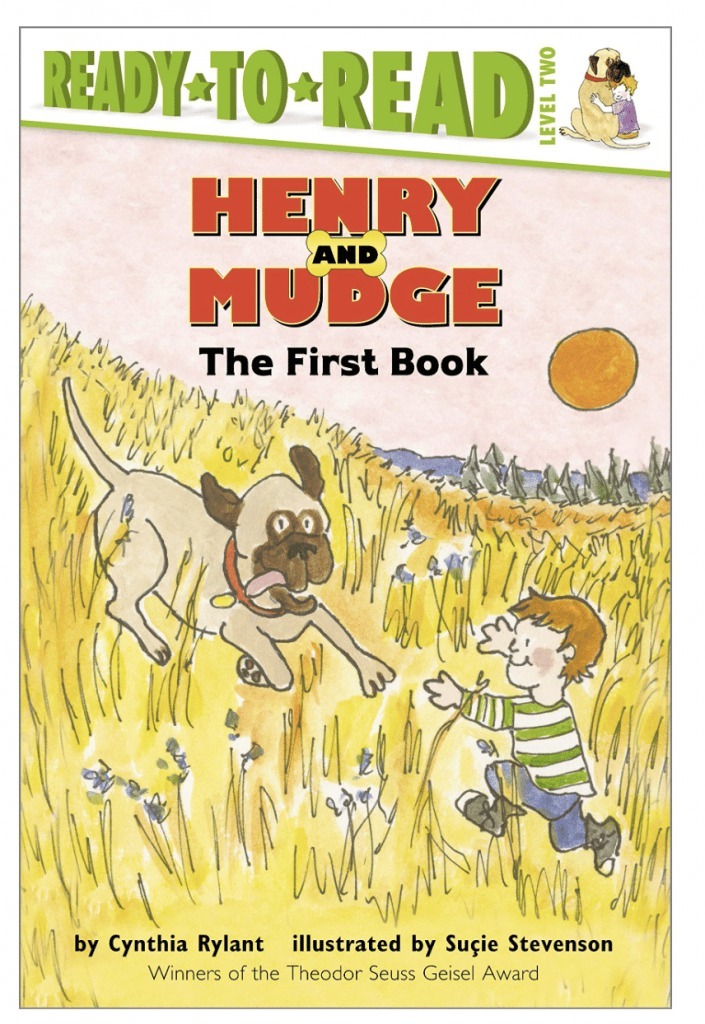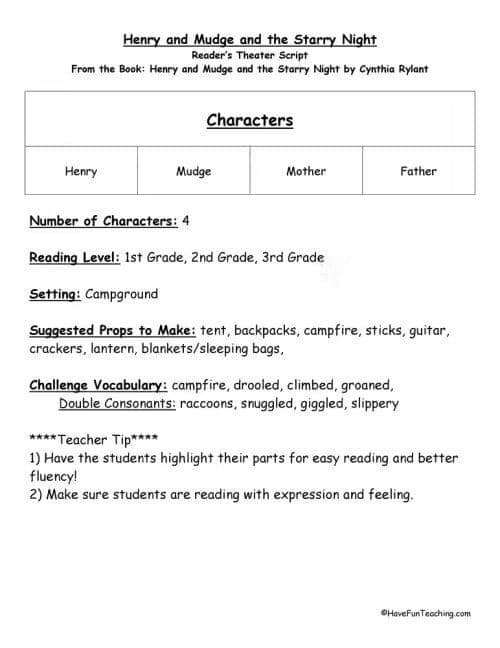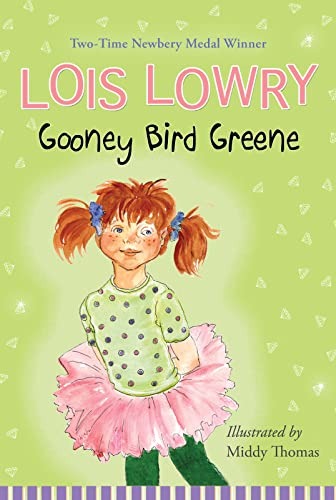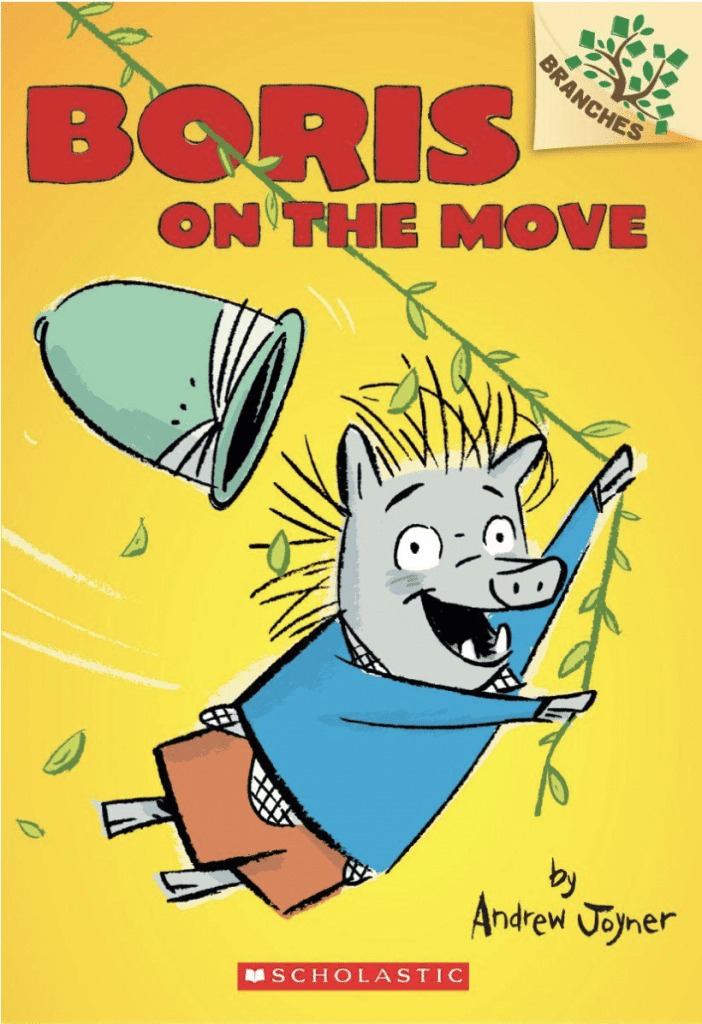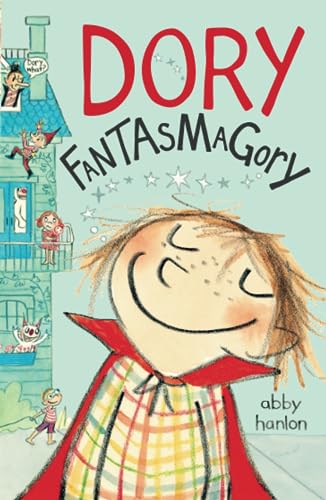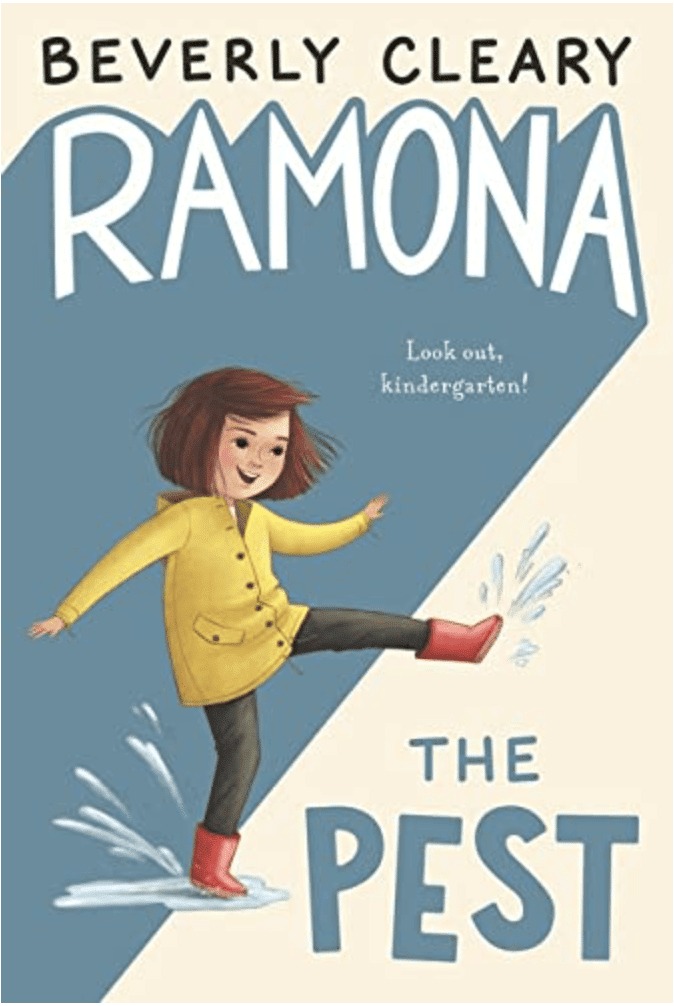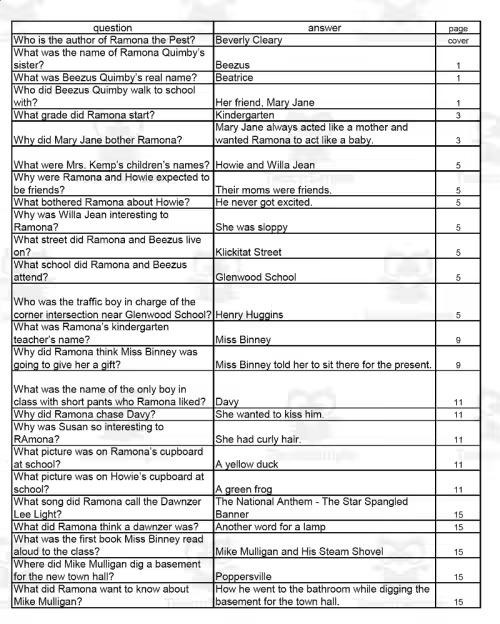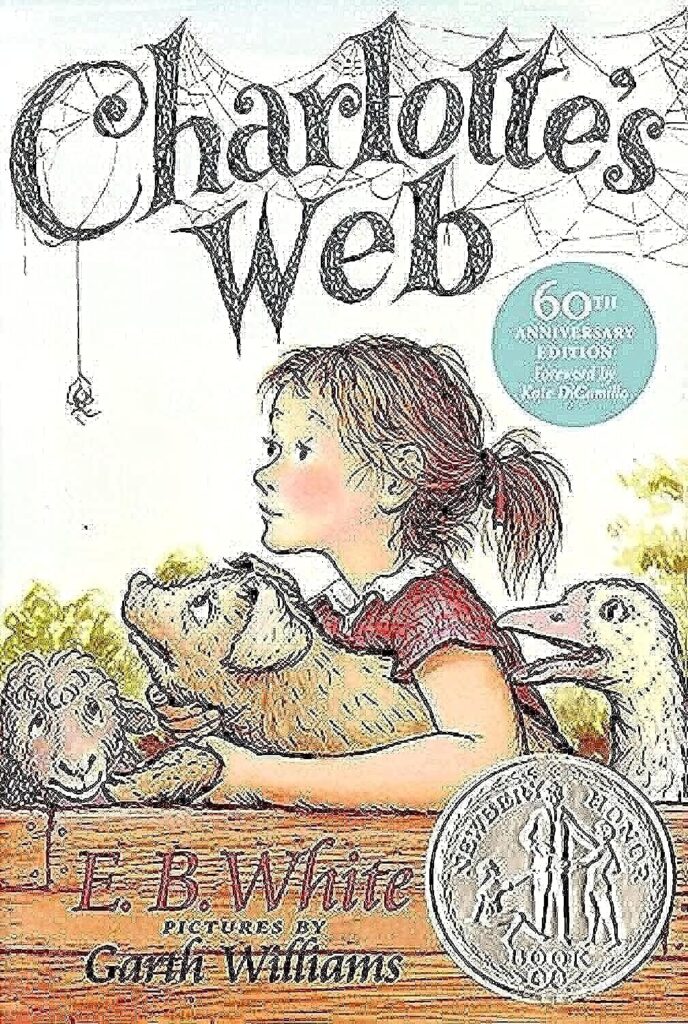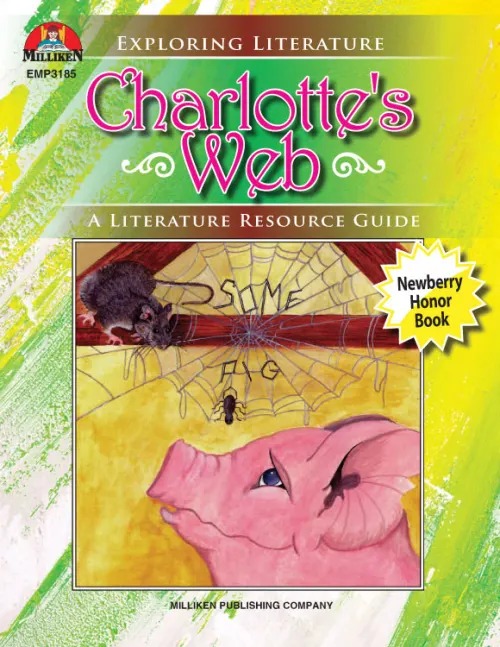Reading 1st grade books is exciting for children at this age because they build upon the emerging literacy skills acquired in kindergarten.
Most children start reading fluently around ages 6-7 so they should have a variety of 1st grade books available to them that promote reading fluency and strengthen their comprehension. Children at this age still enjoy reading picture books, but many are also ready to transition to reading chapter books too.
Table of Contents
- So What Is a Good Book for 1st Graders?
- The Best Picture Books for 1st Grade
- The Best Online Books for 1st Grade
- The Best Chapter Books for 1st Grade
- Should 1st Graders Read Chapter Books?
- At What Age Should a Child Read Independently?
- Check Out These Additional 1st Grade Resources
So What Is a Good Book for 1st Graders?
When picking a book for your 1st grader, you’ll want to choose books that are on your child’s current reading level and also some that are slightly above so they are challenged and can strengthen their literacy skills. First graders typically fall somewhere between Scholastic Guided Reading Levels C-F.
In first grade, students should read books that help build the following skills:
- Phonemic Awareness: learning sounds and blending them
- Phonics: decoding words and recognizing patterns and word families
- Fluency: reading more quickly from word to word
- Vocabulary: using context clues to determine word meaning
- Comprehension: making predictions, remembering, and summarizing what they’ve read
In partnership with Teach Simple, whose marketplace is full of educational materials created by actual teachers (plus 50% of all revenues go to them), I’ve gathered the best 1st grade books that address crucial developmental reading skills and allow 1st grade students to evolve and grow in their literacy and confidence.
Because children this age will vary in their interests and reading abilities, I’ve also broken the list into three categories:
- Picture books
- Online books
- Chapter books
First graders often enjoy books in all three categories.
The Best Picture Books for 1st Grade
- What Should Danny Do? By Adir Levy
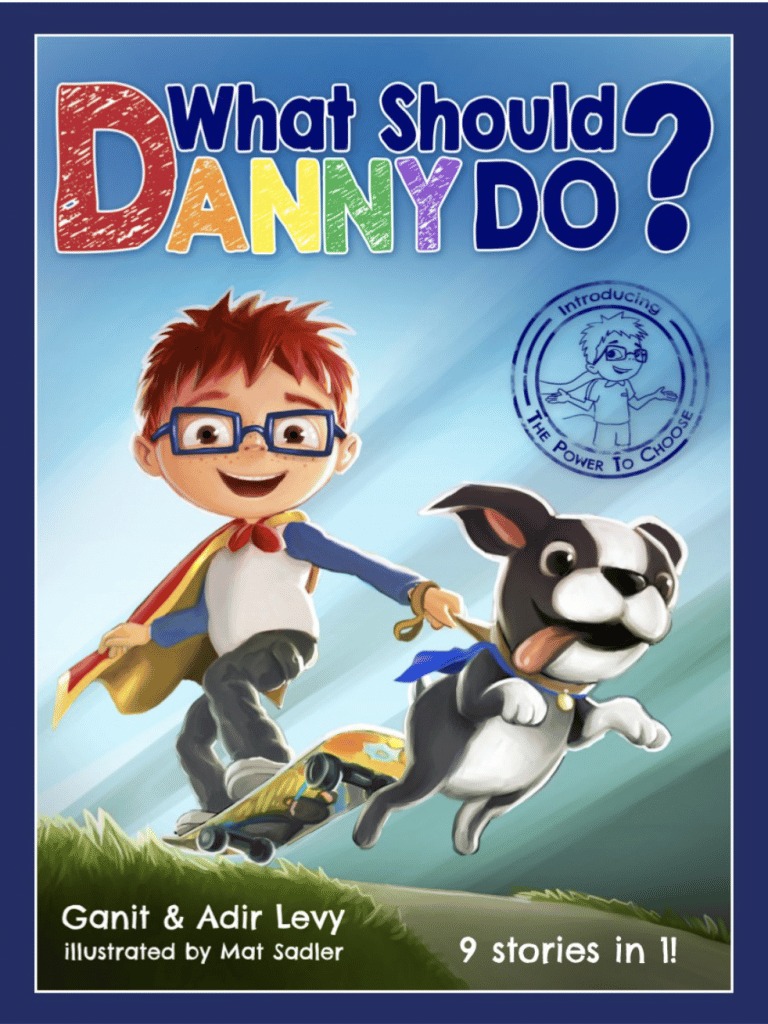
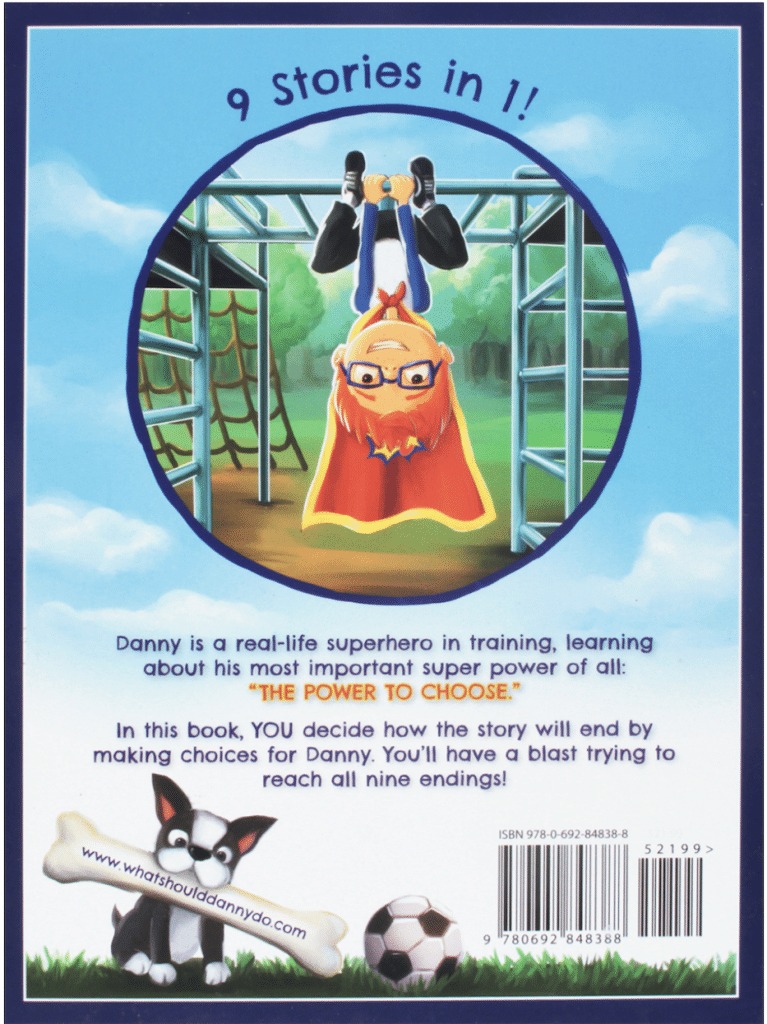
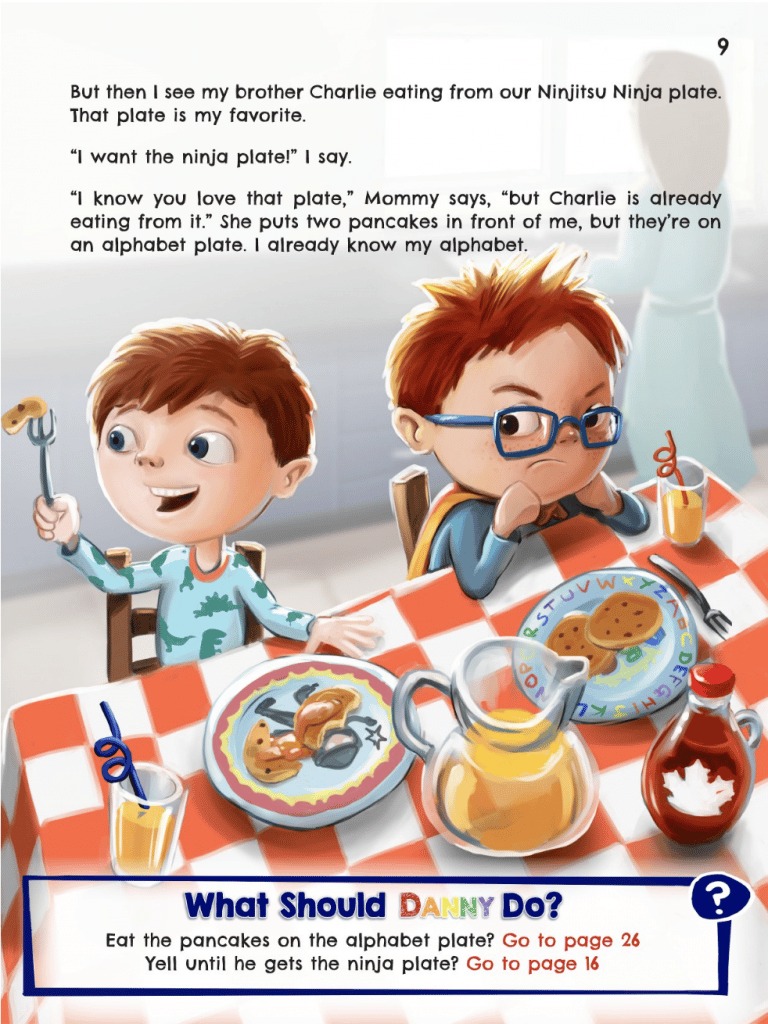
This delightful picture book includes 9 stories in one.
Author of the “Power to Choose” series, this book is written to allow readers to choose what happens next. This means each time a child reads it, there could be different outcomes based on their decisions.
Find some more engaging activities where the class can choose the outcomes with Teach Simple’s “What Would Katie Do?” worksheets and activities by Jennifer Moyer Taylor.
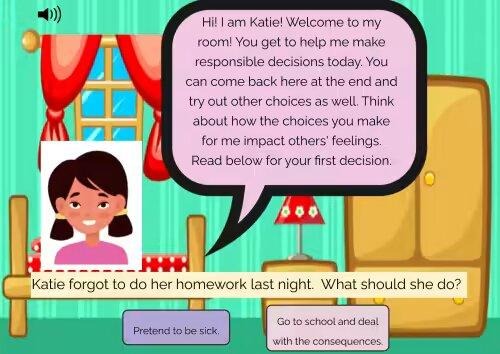
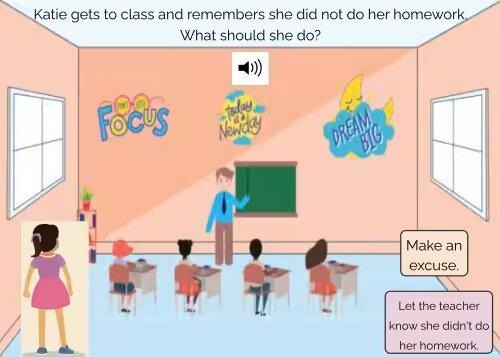
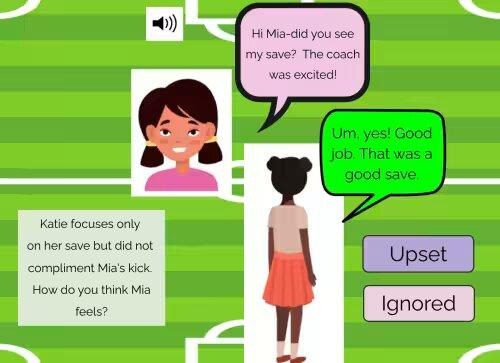
- The Cat In The Hat By Dr. Seuss
This Dr. Seuss classic uses simple words and rhymes. The repetitive patterns strengthen their phonemic awareness and word sense.
Plus, the storyline carried by the mischievous Cat in the Hat and his friends Thing 1 and Thing 2 entertains and engages young readers, no matter their reading level.
Loving the Cat in the Hat theme? Print out a couple Cat in the Hat supplemental counting or coloring worksheets for the class and make a day of it.
- Don’t Let The Pigeon Drive The Bus By Mo Willems
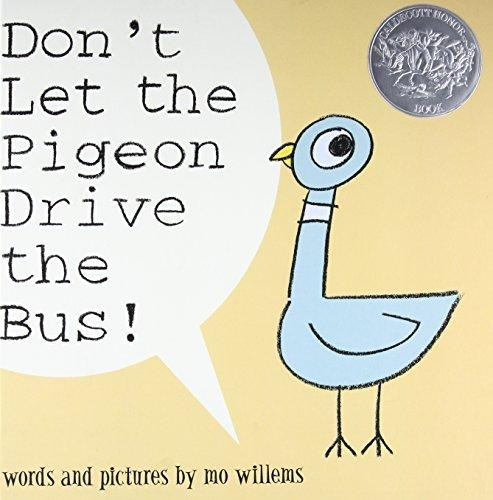
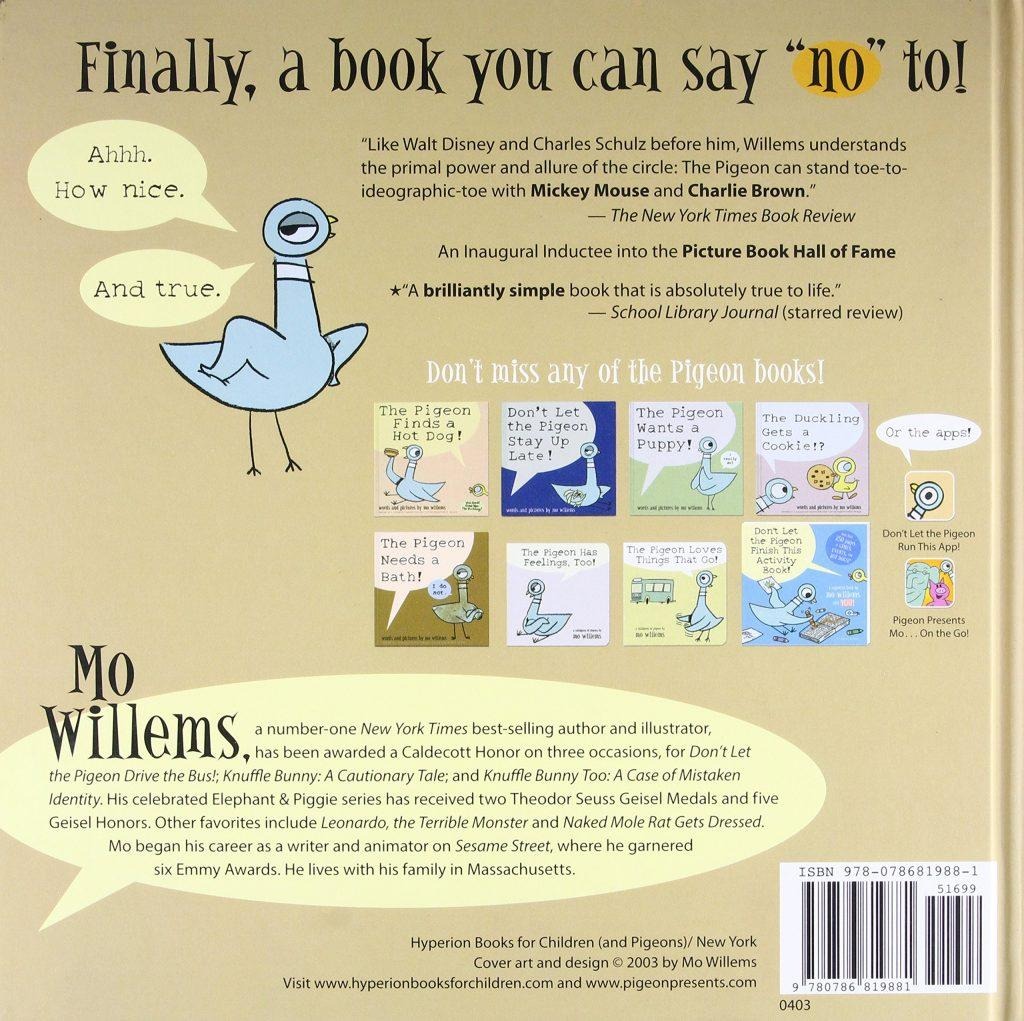
This Mo Willems classic entertains first graders and keeps them engaged with the antics of the funniest bus driver ever. Children can engage with the book too by responding to the text and helping the pigeon decide what to do.
- Hair Love By Matthew A. Cherry
This first grade reading book highlights the relationship between father and daughter. It also promotes self love and appreciating one’s unique gifts and inspires meaningful discussion about relationships.
- When Will I Read? By Miriam Cohen
This story features a little boy who wants to know when he will be able to read. With the help of his classmates and teachers he eventually gets there.
Reluctant readers will relate to and be inspired by this charming story of growth and friendship.
- Alexander And The Terrible, Horrible, No Good, Very Bad Day By Judith Viorst
Have you ever had a very bad day? In this timeless classic, poor Alexander recounts the worst day and how he reacts. Children will be able to relate to Alexander and learn imaginative ways to cope with their own very bad day.
Pair this book with Companion Activities and Digital Book Study which focuses on sequencing, comprehension, story elements, and summarizing by Teach Me This.
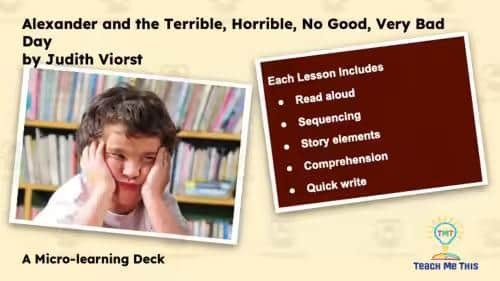
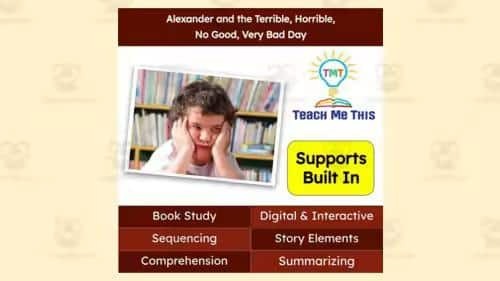
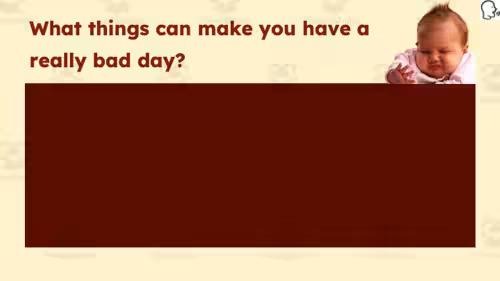
- Stellaluna By Janell Cannon
This book highlights the differences between species when a bat named Stellaluna falls into a bird’s nest and adapts to its new habitat. This is a great story to help children understand differences between people and animals. There are additional pages of information on bats too.
Make a whole day out of it by turning the story into a lesson about bats with an interactive notebook titled Bats, Bats, Bats!
- The New Girl … And Me By Jacqui Robbins
If a new student arrived in your class, what would you do? This delightful picture book explores how we can help new friends feel like they belong in the group.
- The Boy Who Loved Words By Roni Schotter
Selig is a boy who loves new and unusual words. After helping a poet find the perfect words for a poem, Selig decides that his gift is sharing words with everyone around him. This unique first grade picture book introduces new and interesting vocabulary in an engaging story.
- Widget By Lyn Rossiter McFarland
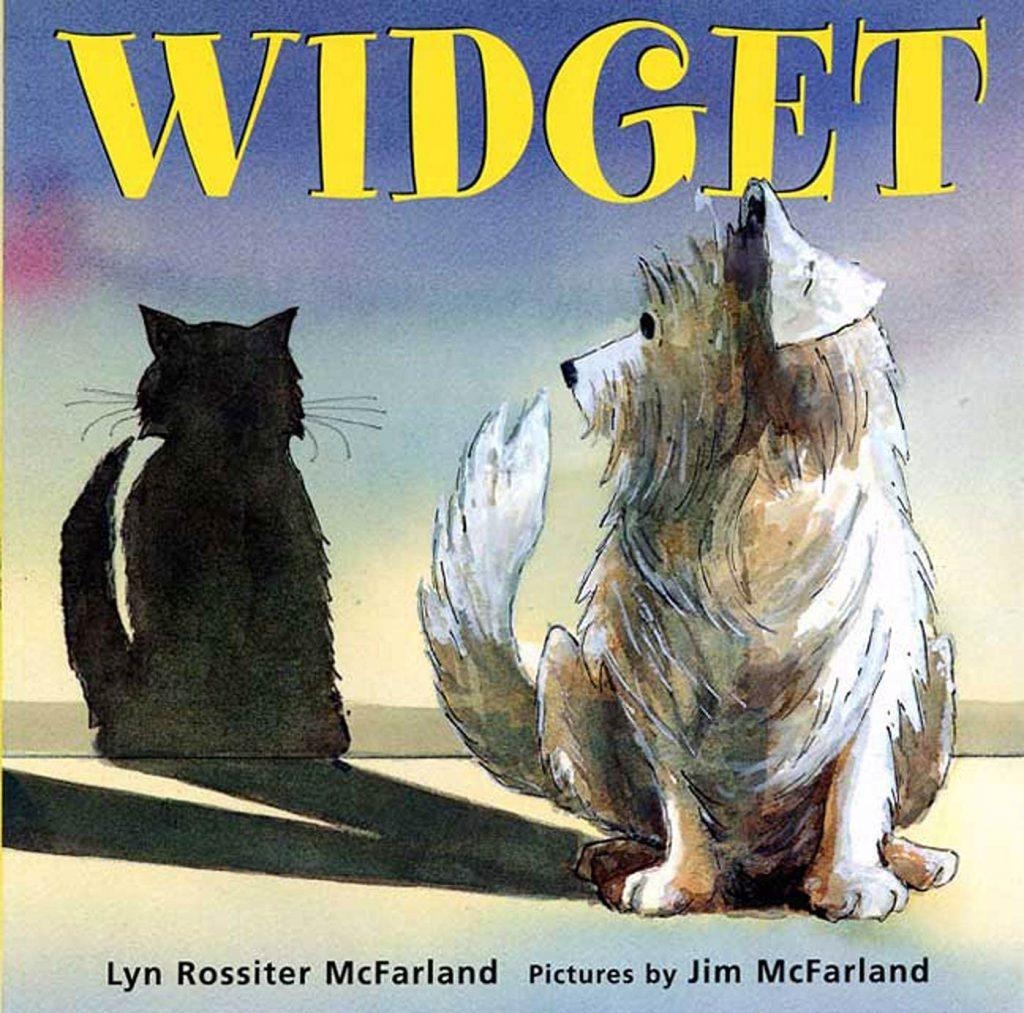
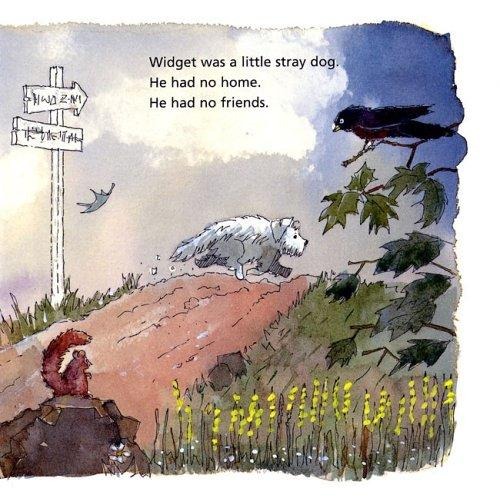
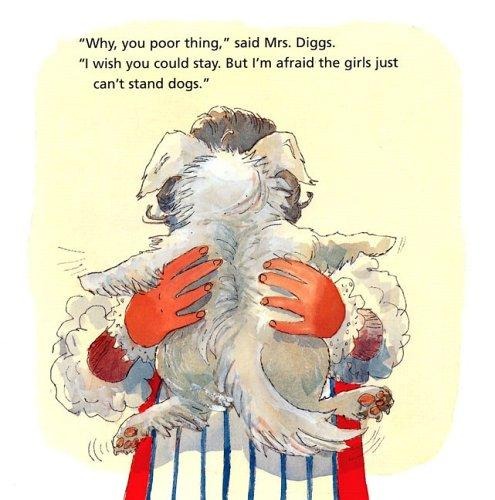
This charming story features a stray dog who finds a home with six cats. He meows, purrs, and even uses the litter box to fit in. Widget sometimes even forgets that he is actually a dog until he is called on to save the day in a way that requires his canine strengths and skills.
- Carlo And The Really Nice Librarian By Jessica Spanyol
Carlo is a young giraffe who loves books but is afraid of the librarian who has claws and sharp teeth! But, as she shares her love of books with Carlo, the two become friends.
- The Dot By Peter H Reynolds
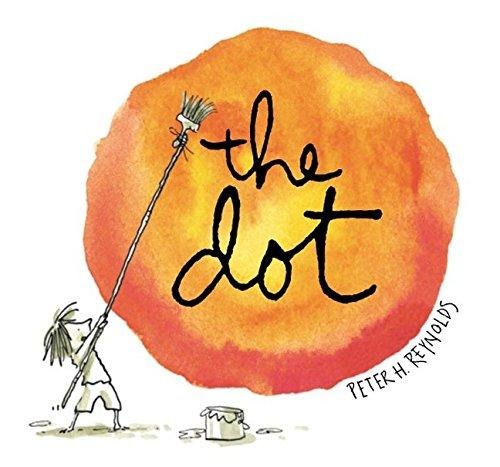
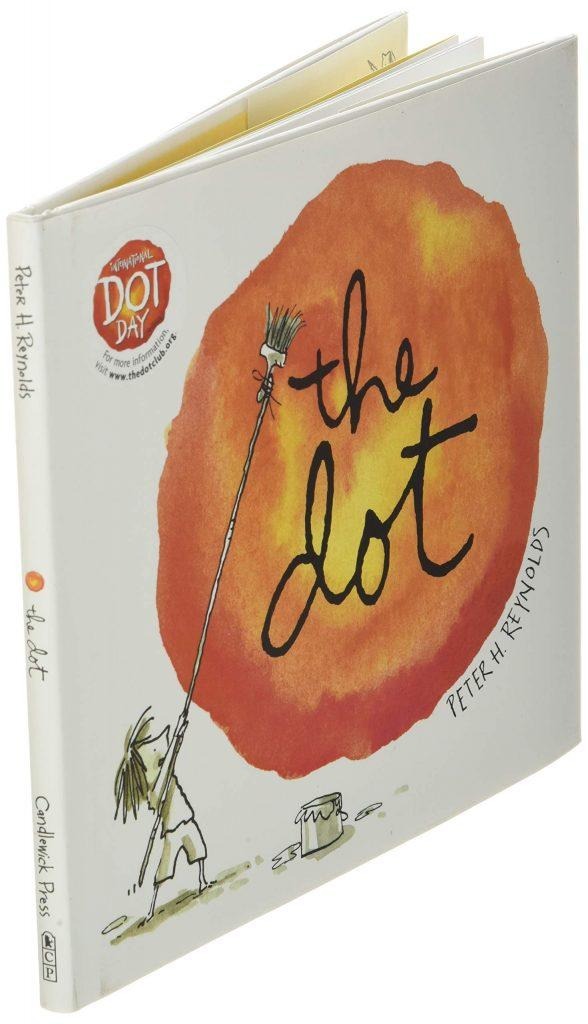
Vashti is frustrated because she doesn’t know how to draw. Her art teacher tells her to start with a dot. That dot sparks a journey of creativity and self discovery. This book teaches children to persevere even when they think they can’t do something.
- The Book Hog By Greg Pizzoli
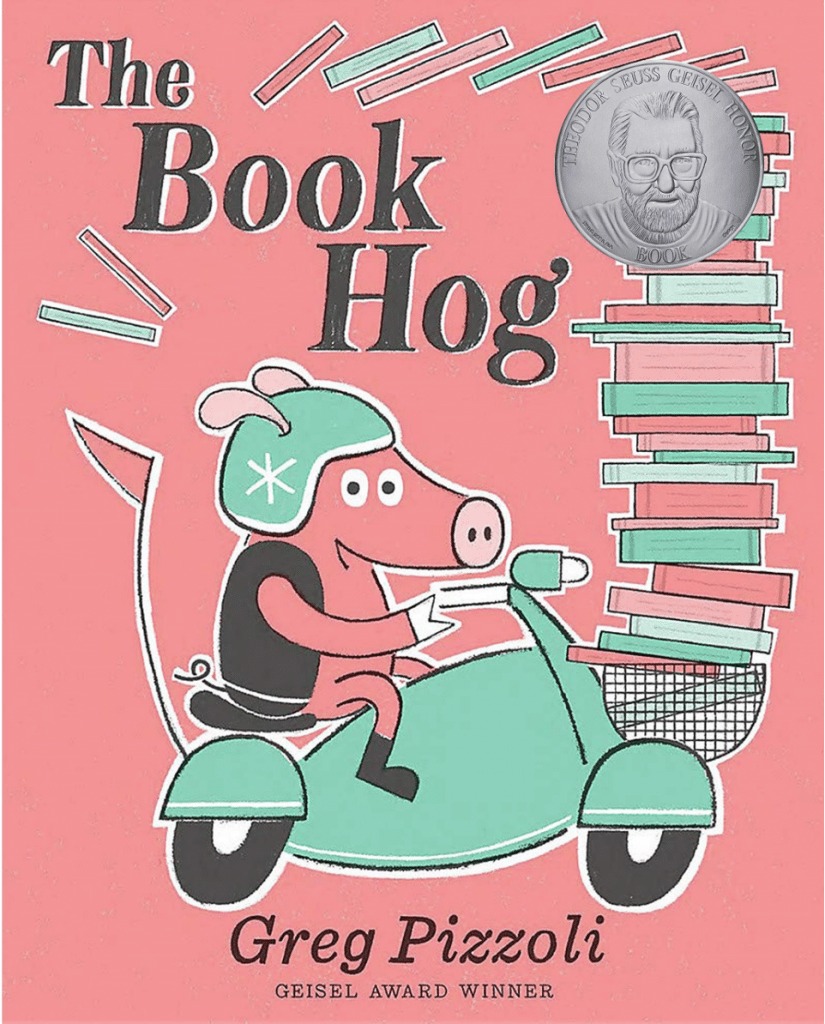
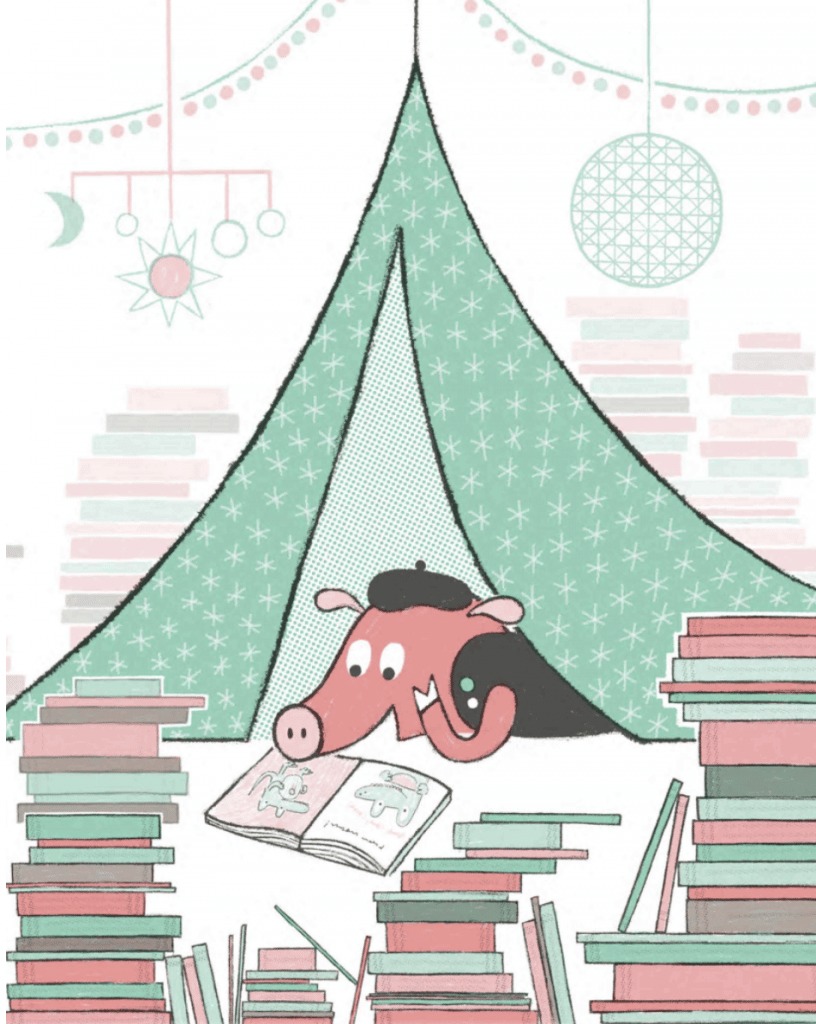
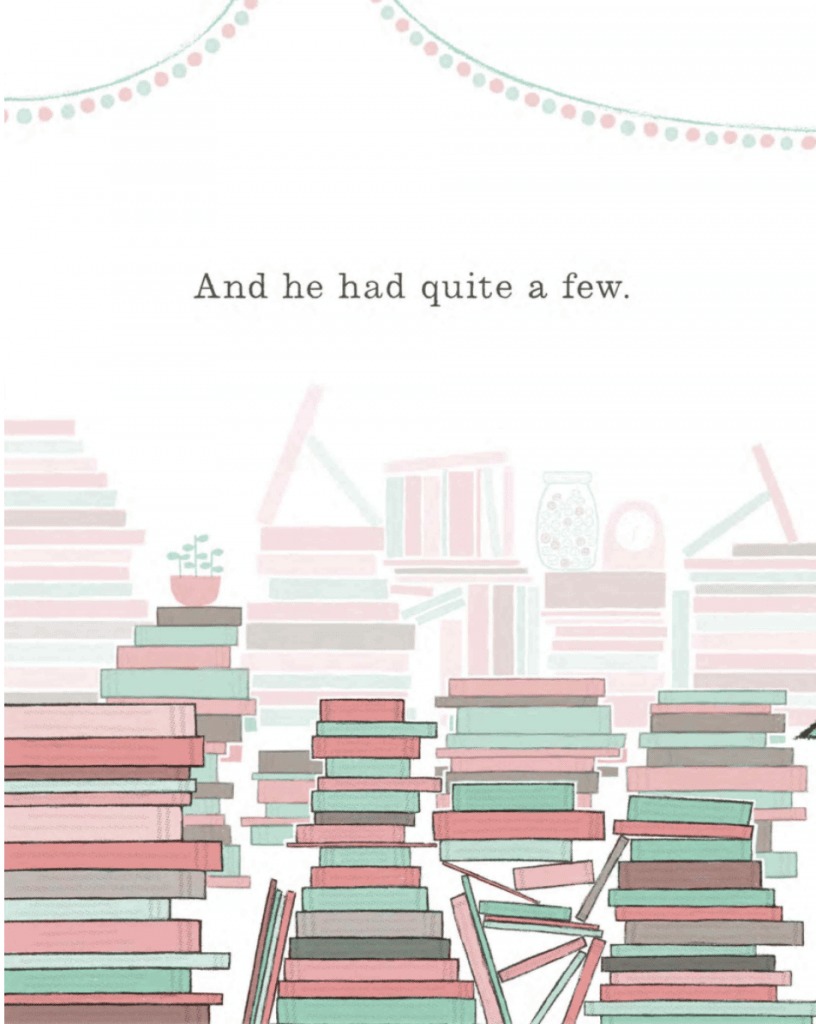
This Geisel award winner by Greg Pizzoli features a young hog who loves books. There’s only one problem. He can’t read! One day a librarian invites him to story time and introduces the Book Hog to the magic of the written word. This book is engaging for both book hogs and non book hogs alike.
The Best Online Books for 1st Grade
- Dumpy The Dump Truck By Twin Sisters Digital Media
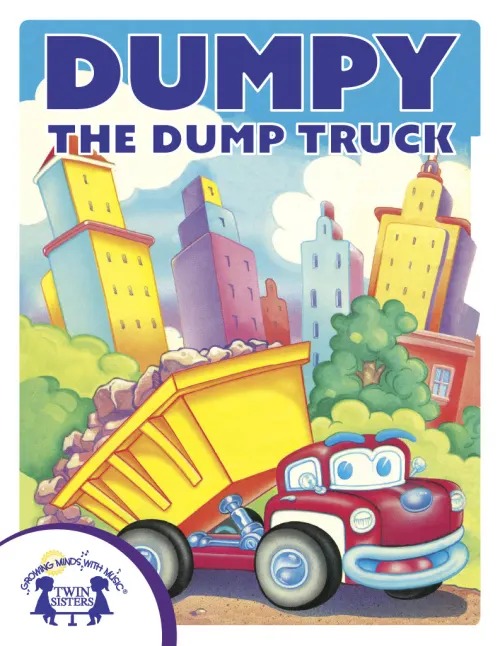
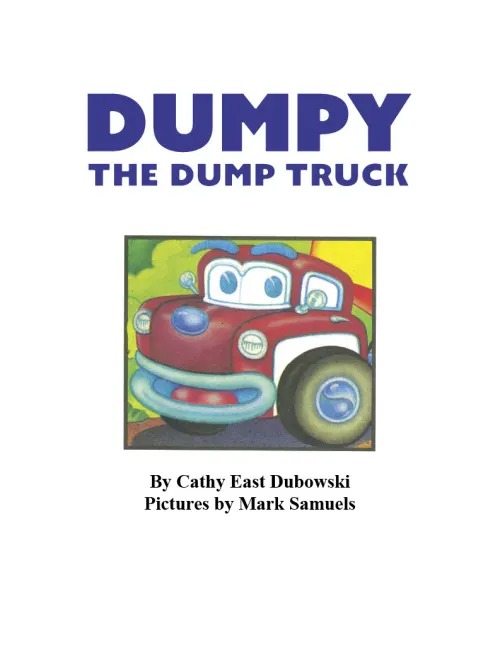
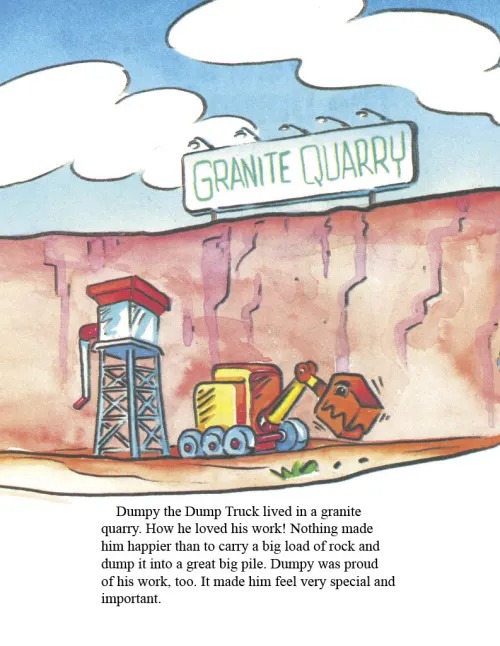
This e-book found right on Teach Simple has fun sound-effects and whimsical music that help children learn the valuable lesson about working hard and not comparing themselves with others. A positive ending adds interest to this adorable story and encourages a lifelong love for reading.
- Predators! By Twin Sisters Digital Media
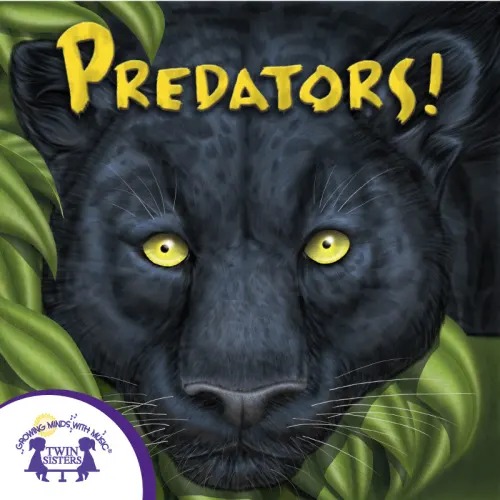
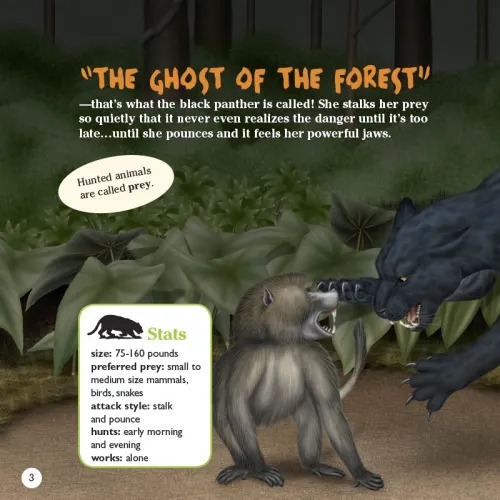
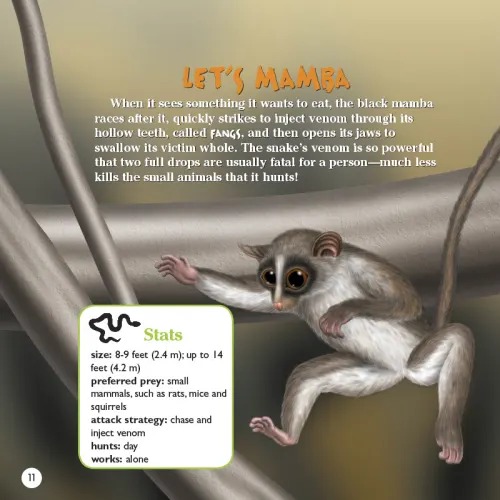
Introduce your 1st graders to non-fiction reading with this e-book that also features audio including awesome narration and sound effects plus many interesting, scientific facts. As part of the unique, science Know-It-Alls! Series that features interesting science facts, this audiobook or e-book puts the spotlight on predators!
- The Littlest Mermaid By Twin Sisters Digital Media
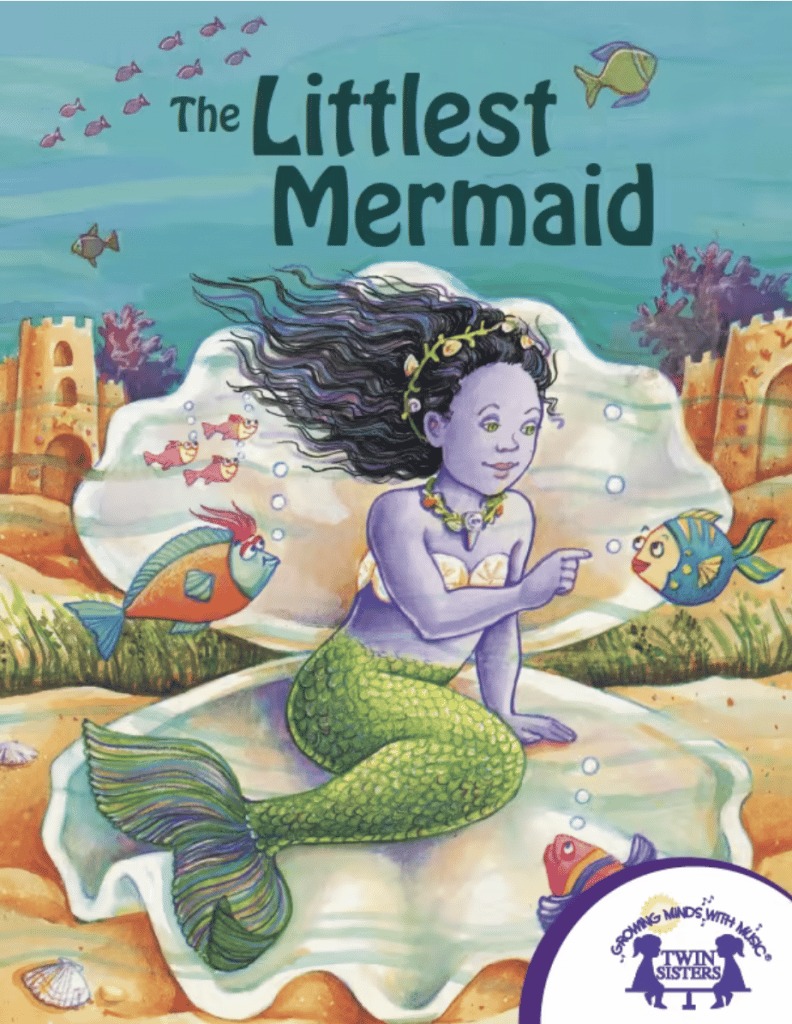
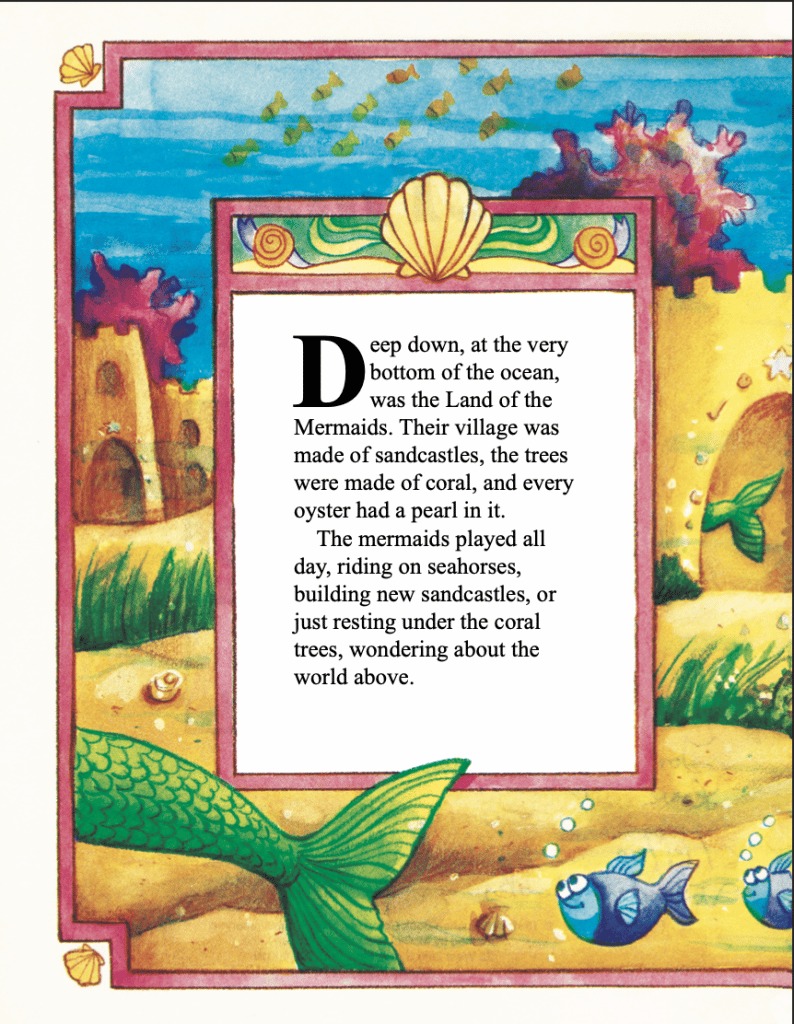
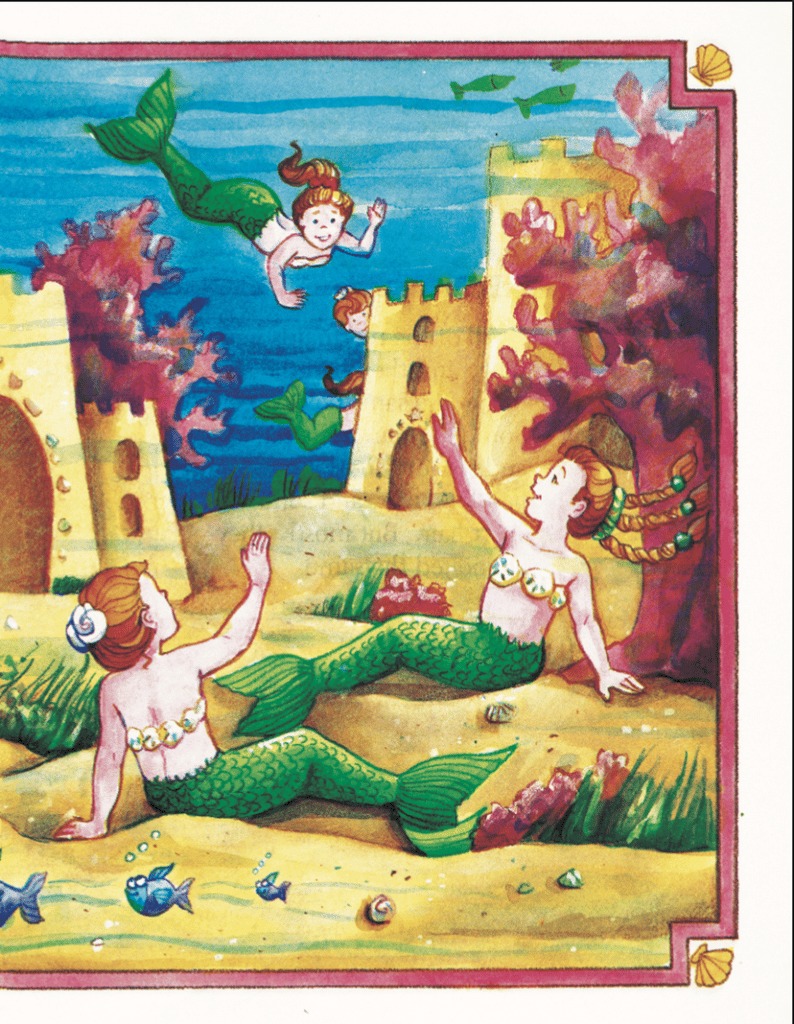
Young readers will learn a valuable lesson in this e-book about diversity and acceptance as they read about a purple mermaid’s adventures in a land filled with sandcastles, seahorses, and trees made of coral.
- Meme’s First Day At School By Twin Sisters Digital Media
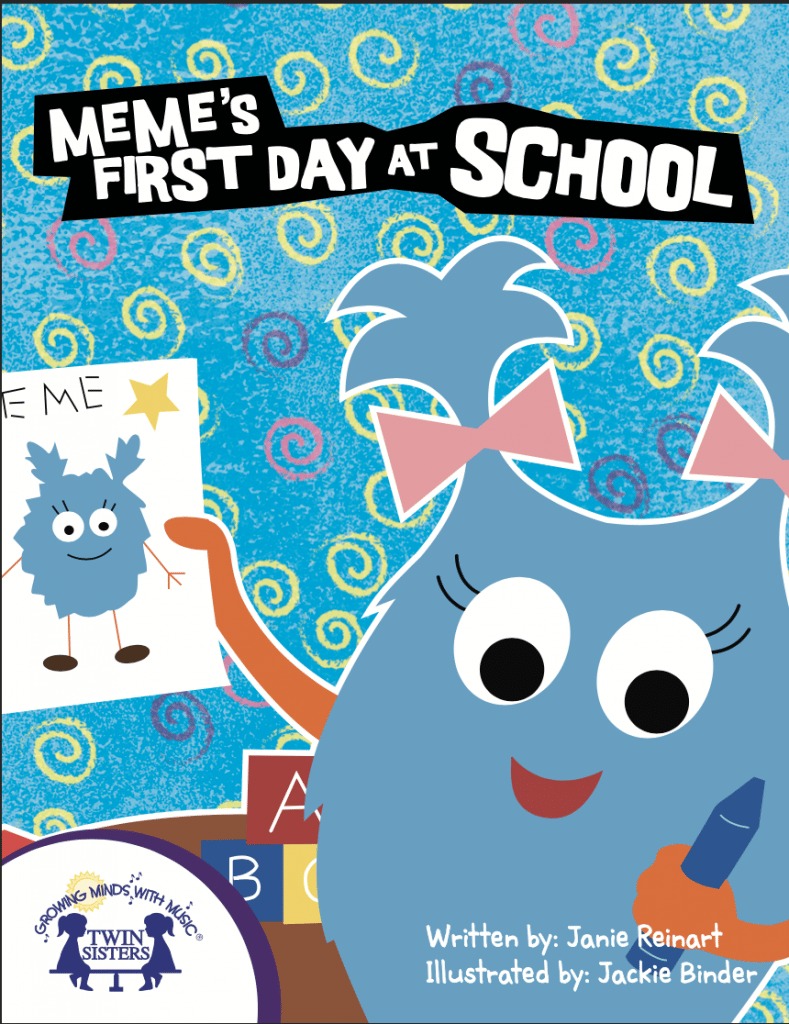
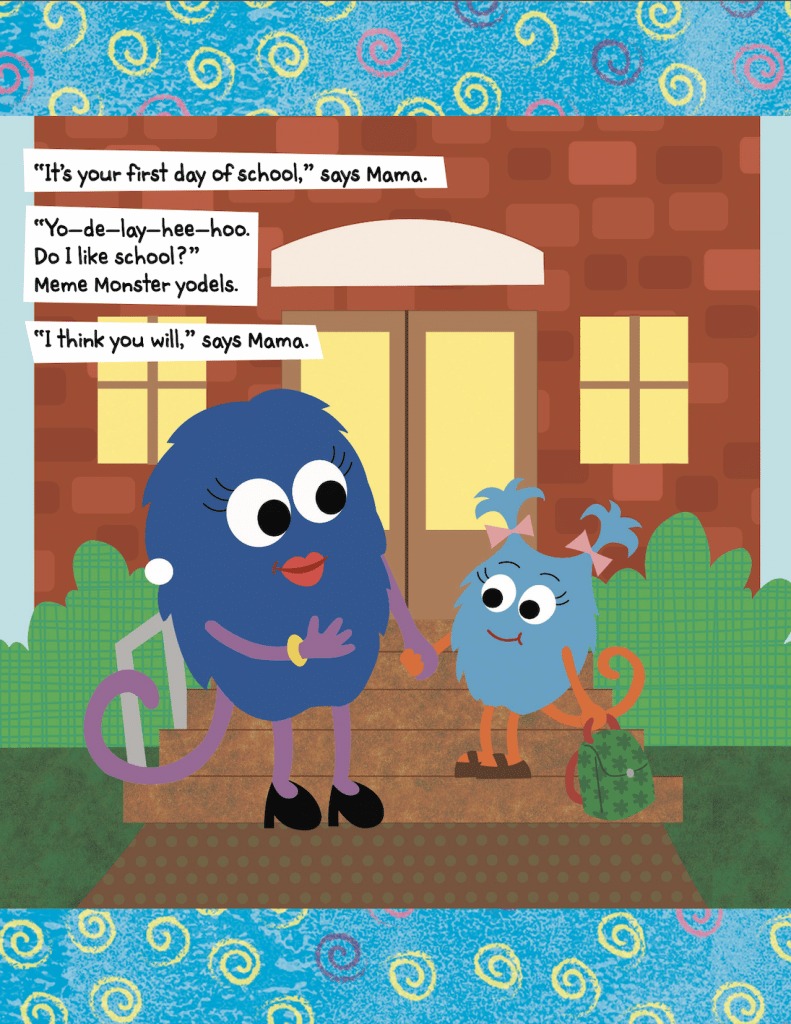
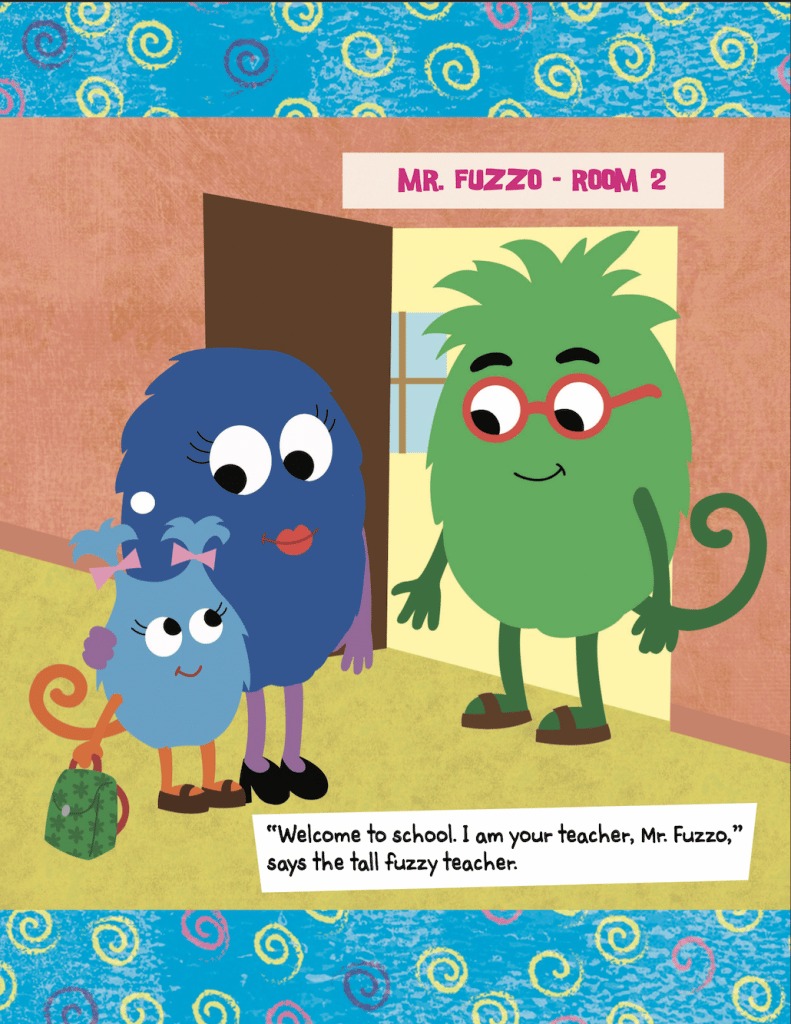
Fun sound effects and upbeat music help tell this adorable e-story about a little monster’s fun first day of school. Fun, repetitive text will encourage listening and early literacy skills important for young readers.
- The Mouse That Was By Kids World Fun
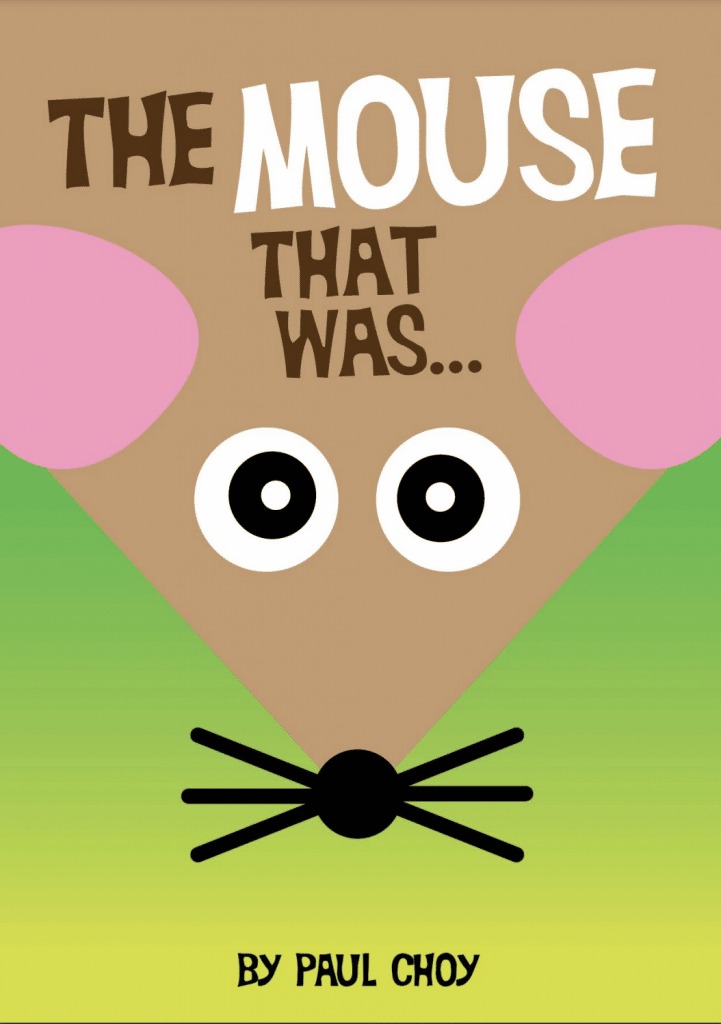
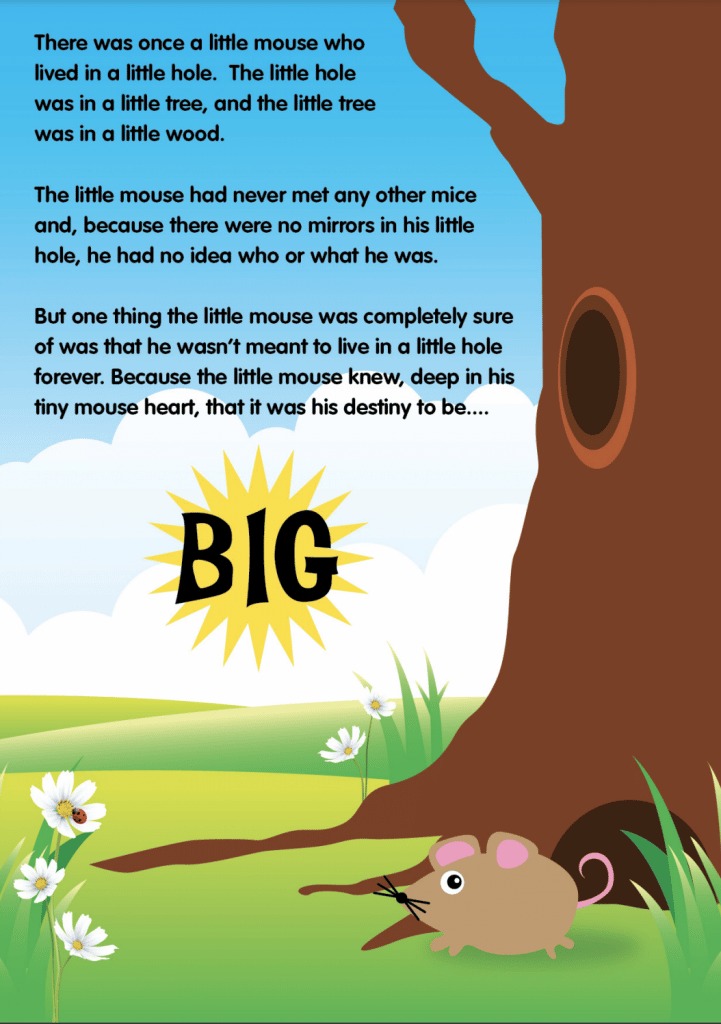
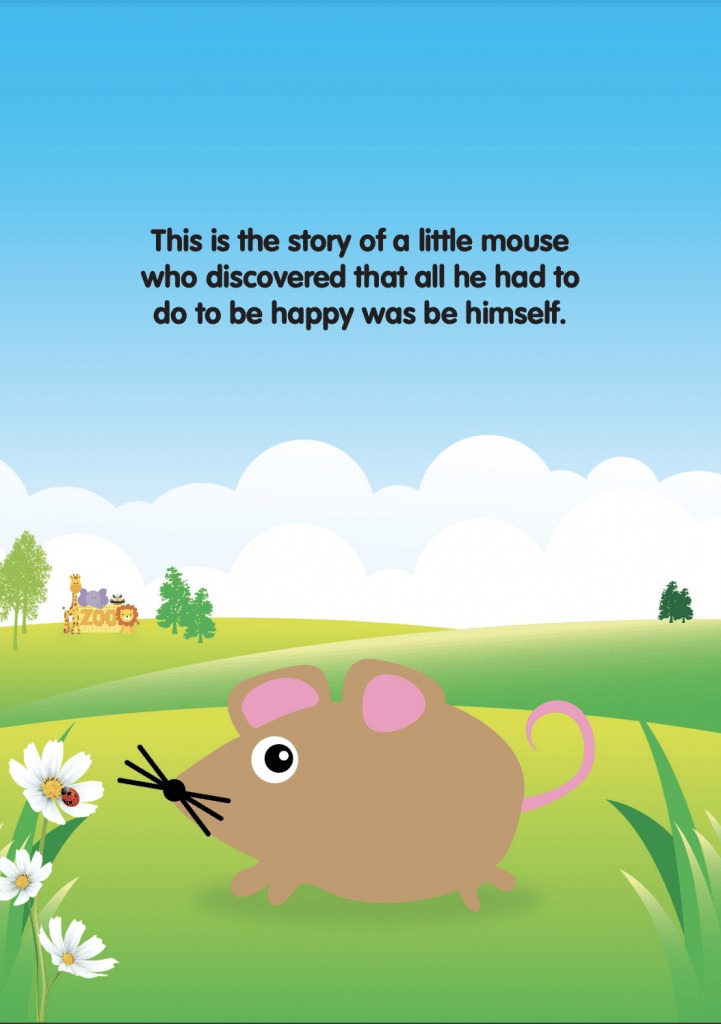
If you are looking for 1st grade online books, this one takes children on the journey of a little mouse who is exploring a brand new world. This book helps children understand that we are all unique and do not have to search for happiness.
- Where I Live By Bruce Larkin
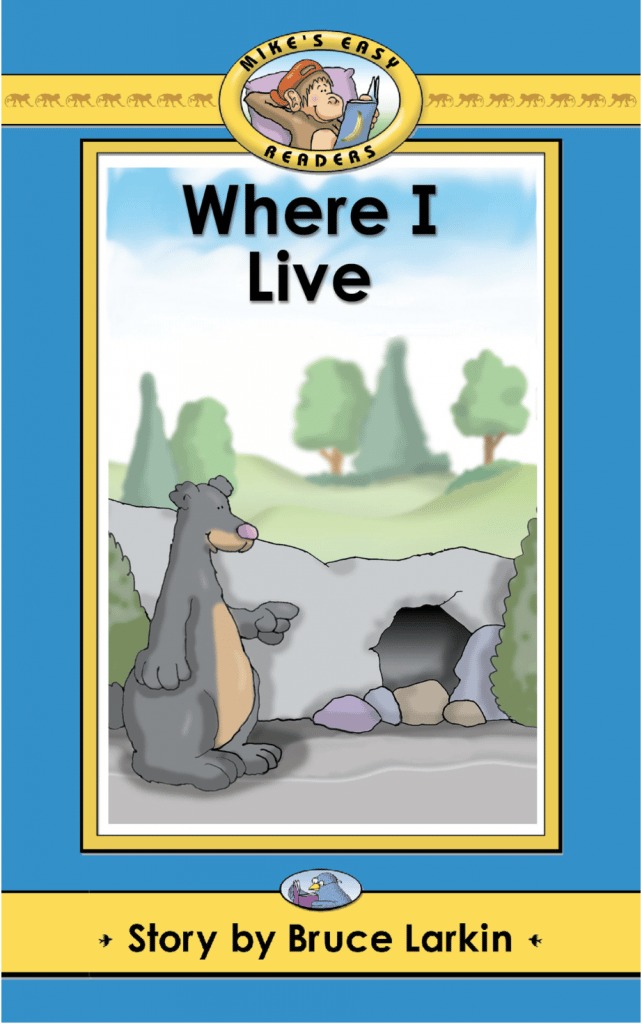
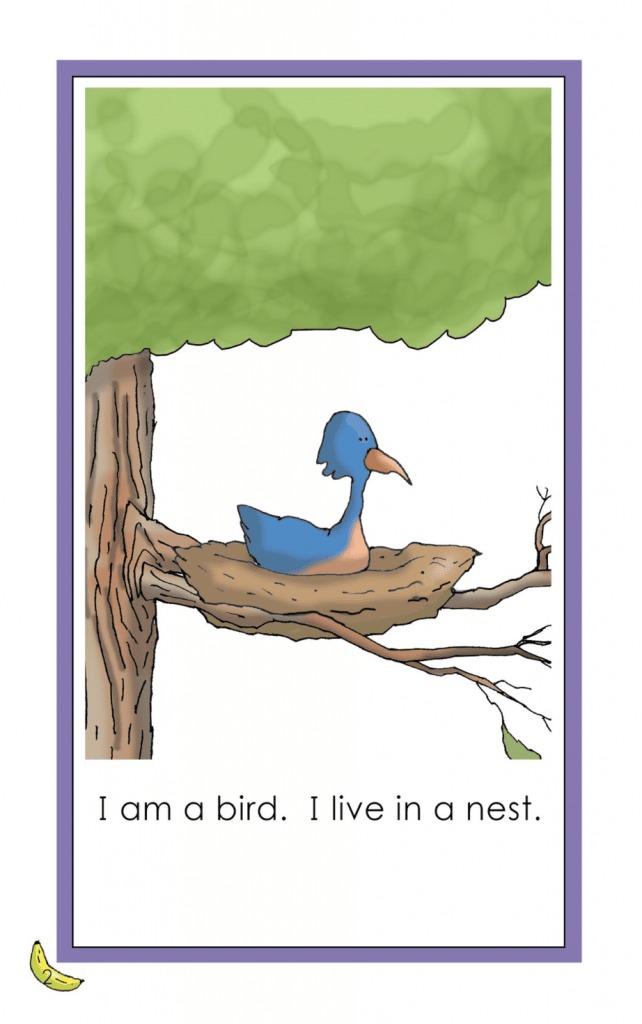
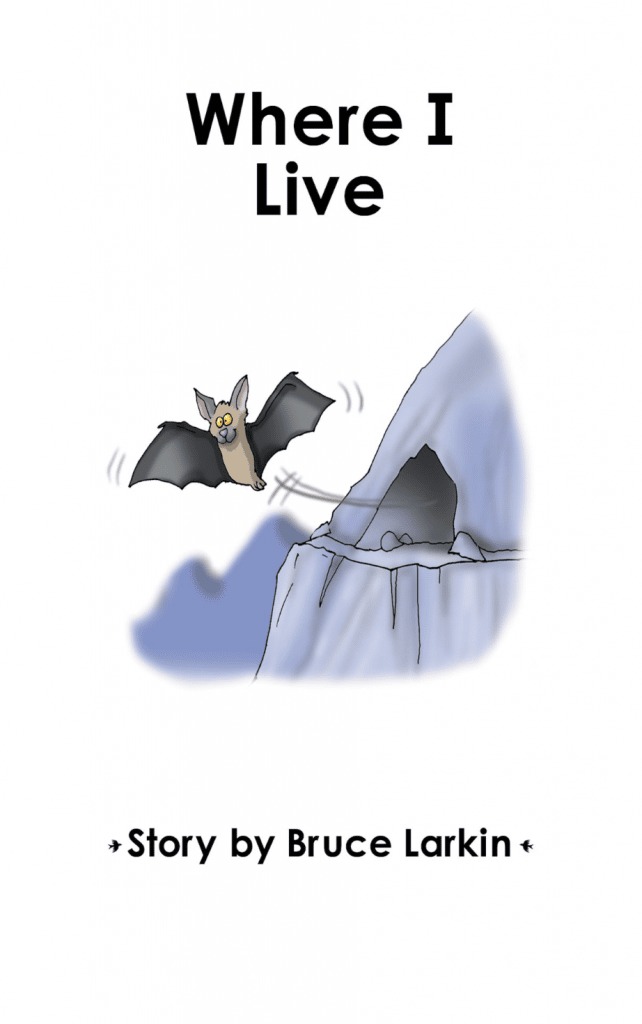
This e-book is part of a collection of easy readers written by Bruce Larkins. The simple sentences and word patterns promote early reader fluency.
The Best Chapter Books for 1st Grade
- Hi! Fly Guy By Tedd Arnold
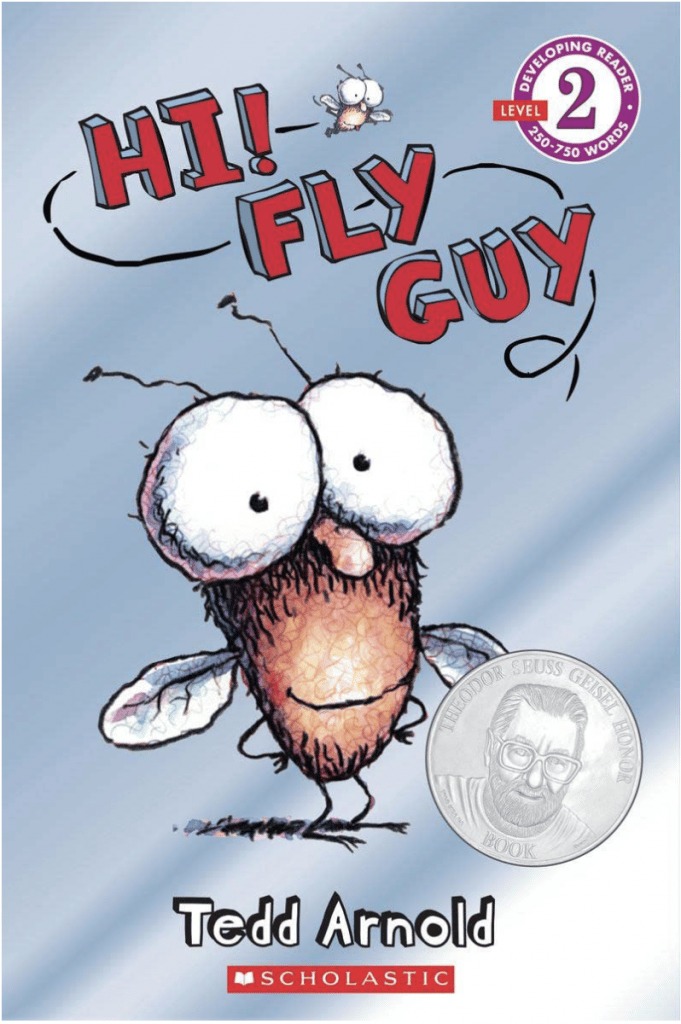
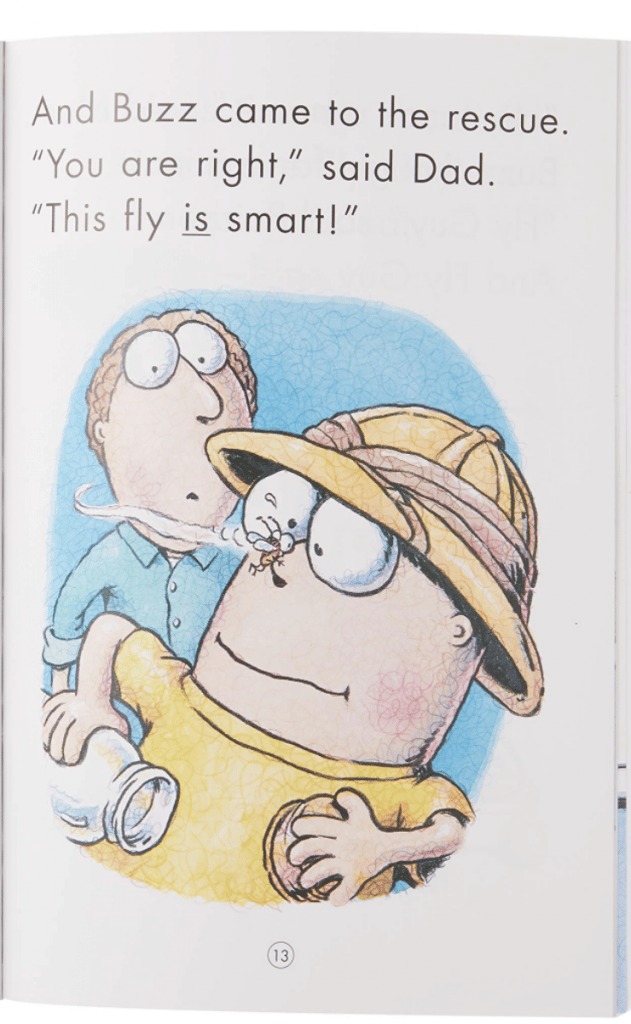
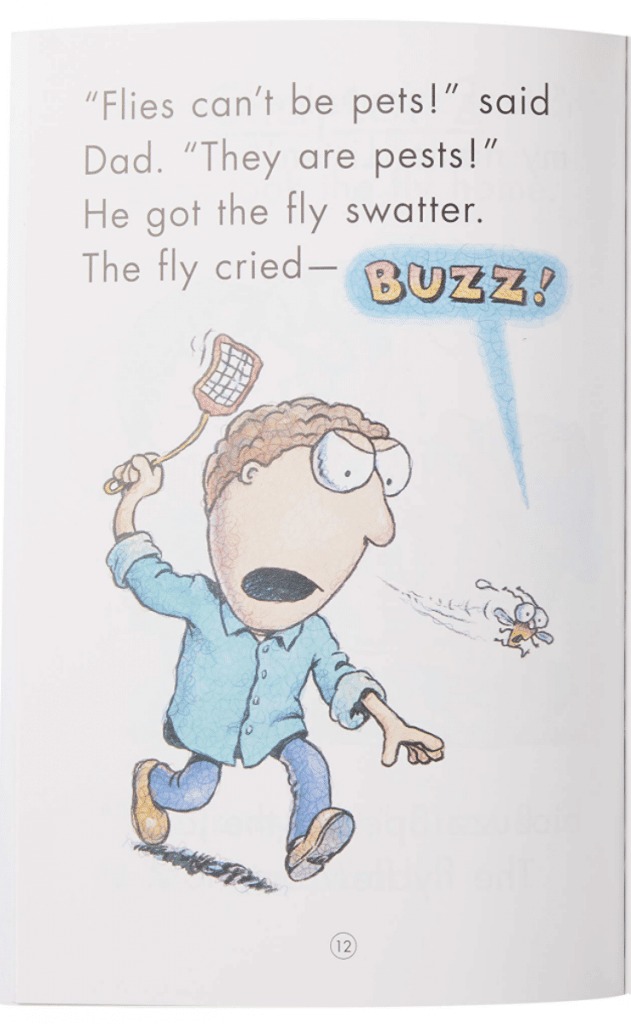
The Fly Guy series by Tedd Arnold is a favorite of both reluctant and enthusiastic readers. His use of onomatopoeia in beginner chapter books helps students to make connections between words and sounds while increasing their fluency.
- Junie B. Jones And The Stupid, Smelly Bus By Barbara Park
The Junie B. Jones series by Barbara Park is a teacher’s pick for best first grade reading books. Precocious first grader Junie and her adventures are relatable and keep young readers wanting to read more.
- Frog and Toad Together By Arnold Lobel
This Level 2 I Can Read Book introduces students to a chapter book format and is perfect for independent readers who require occasional assistance. The advanced vocabulary and longer sentences make this 1st grade reading book challenging enough for emerging readers to strengthen their skills.
To make it a full lesson, try out Teach Simple’s Frog and Toad Together worksheet by Have Fun Teaching, where students can answer questions about what they just read.
- Henry And Mudge: The First Book By Cynthia Rylant
The Henry and Mudge books are a series of Ready-to-Read Level 2 books.
In this first book, Henry feels lonely because there are no other kids on his street. Then he meets a dog who becomes his best friend and partner in adventure.
If your 1st grader loves Henry and Mudge by Have Fun Teaching, try acting out one of the stories with them or with a whole class, using a reader’s theater script like this one..
- Gooney Bird Greene By Lois Lowry
This 1st grade chapter book features Gooney Bird Greene. She’s a second grader with a quirky sense of style and a gift for telling unbelievable stories.
New vocabulary words are introduced throughout the story, so your 1st grader is making new connections as they read.
- Boris On The Move By Andrew Joyner
This book is part of the Scholastic Branches books. These are chapter books designed to promote fluency in early readers. This is the first of four Boris books by Andrew Joyner.
- Dory Fantasmagory By Abby Hanlon
Dory is the youngest child in her family and often left to play by herself. Her vivid imagination takes her on wild and crazy adventures. This 1st grade chapter book is a good pick for an independent reader or a fun one to read aloud with an adult.
- Zoey And Sassafras By Asia Citro
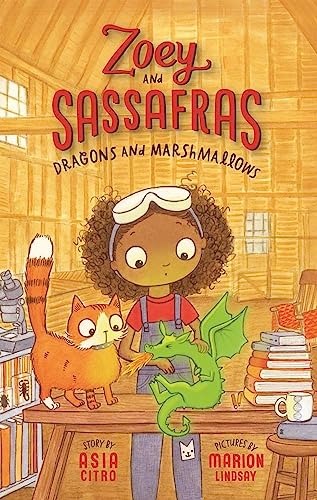
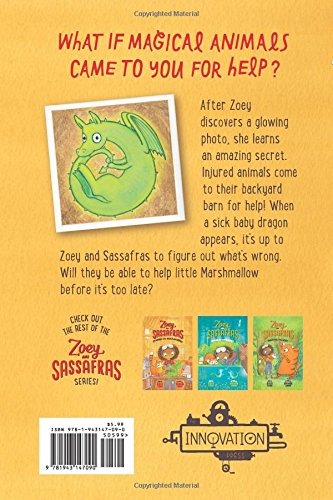
This is the first book in the new Zoey and Sassafras series. The main character is a little girl who uses science to help injured magical animals that show up at her door. Scientific vocabulary and concepts are introduced in a way that makes it easy for 1st graders to understand.
Add a complementary Zoey and Sassafras bookmark and poster set with fun activities by Socially Skilled Kids, children can do after reading the book. Win-win.
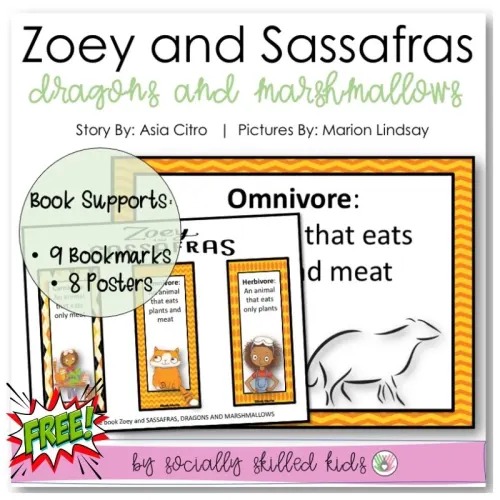

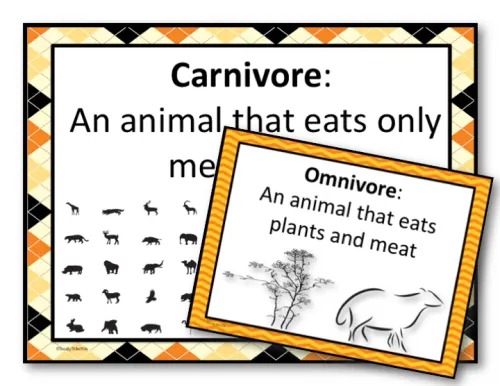
- Ramona The Pest By Beverly Cleary
Beverly Cleary’s characters have entertained children for decades. Ramona is timeless; she’s quirky and comical, especially when it comes to her misunderstandings which are relatable and keep young readers interested in reading.
If you’re looking for a quick assessment opportunity, pick out a few of these quiz questions about Ramona the Pest by Battle of the Books Quiz Center.
- Charlotte’s Web By E. B White
This classic makes a great read aloud book for first graders. The story explores the idea that friendship can come in different shapes and sizes and that true friendship never dies.
Here’s a book companion that addresses a wide range of learning needs around this book. The resource guide provides classroom tested reproducibles that introduce critical thinking skills and story analysis.
Should 1st Graders Read Chapter Books?
Many first graders make the leap from picture books to chapter books at some point during the school year. Books such as the Junie B. Jones series and Ramona the Pest engage children with relatable characters. The sentence structure and vocabulary are simple enough for readers who are taking off but still present enough of a challenge so they can build their literacy skills.
Even if your child isn’t quite ready to read a chapter book independently, they will benefit from you reading chapter books aloud to them. As you read, have your first grader make predictions. Discuss the meaning of new vocabulary words. At the end of each chapter, have them summarize what you just read.
At What Age Should a Child Read Independently?
Typically, children start reading independently around ages 6-7. Children who are more confident in their reading skills should start to read chapter books like Charlotte’s Web or picture books that require them to think critically such as What Should Danny Do?
Emergent or reluctant readers benefit from books that have simple word patterns like The Cat in the Hat or simple sentences such as Boris on the Move. The more exposure to books, the sooner children will start to make the leap toward reading their 1st grade books independently.
Check Out These Additional 1st Grade Resources
About the Author
Kelly Rende has a Masters degree in Special Education. She has been teaching middle school science and STEM courses for 18 years. When not teaching, she can be found writing or on an adventure with her children and dogs.

